






























































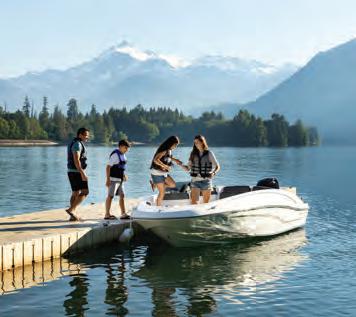
Embarking on the open water is an exhilarating experience, flled with the promise of adventure and relaxation. Whether you’re a seasoned sailor or a weekend cruiser, protecting your vessel with proper insurance is not just a choice—it’s a necessity. Explore the reasons why every boat owner should prioritize boat insurance for a worry-free voyage.


The open water can be unpredictable, with unexpected storms, collisions, or other potential accidents. Boat insurance can give you fnancial protection if there is damage to your vessel, providing coverage for repairs or replacement.
Accidents on the water can result in damage to other boats, docks, or even injuries to passengers. Boat insurance offers liability coverage, which can pay for damages or injuries you’re liable for while boating, up to specifed limits, and lawsuit costs if you’re sued. This includes damage you cause to another watercraft or if someone on or near your boat is injured and you’re found to be legally responsible.
Unfortunately, boat theft and vandalism are realities that boat owners face. Boat insurance has comprehensive and collision coverage that can protect you against events outside of your control, including theft and vandalism.
Accidents on the water may lead to injuries for you or your passengers. Boat insurance offers a range of optional medical payments coverage limits, helping to cover medical expenses if you are in an accident or someone is hurt on your boat, regardless of fault.
If you fnanced the purchase of your boat, most lenders require insurance coverage to protect their investment. Having boat insurance not only fulflls these requirements but also gives you peace of mind knowing that your fnancial interests are safeguarded.
Some water municipalities and marinas may require proof of insurance for docking or accessing certain areas. Boat insurance allows you the fexibility to explore different destinations without worrying about entry restrictions.
Emergency towing and assistance
Progressive boat insurance can include optional Sign & Glide® On-Water Towing coverage. If your boat is disabled or breaks down on the water, Sign & Glide® pays for on-water towing, jump starts, soft un-groundings, and fuel delivery.
Wreckage removal
If your boat sinks, Progressive boat insurance will cover the cost of removing your boat from the water (if removal is legally required).
Investing in boat insurance is not just about protecting a valuable asset; it’s about safeguarding the memories, experiences, and joy that come with your on-water adventures. Don’t let unforeseen circumstances disrupt your journey—navigate with confdence, knowing that Progressive boat insurance has you covered. Ensure a smooth and worry-free voyage, because when it comes to your boat, peace of mind is the ultimate luxury.
Scan to get a quote in as little as 4 minutes
learn more.


























The quest to find the ultimate men’s watch has traditionally been a difficult one in the world of fashion. A timepiece with the perfect look and functionality has long been the goal of both watch designers and enthusiasts alike.
The Renegade Blue Chronograph Men’s Watch is the perfect combination of style and function. With a sleek design that features a bold blue dial, rose gold hands and hour markers, and a durable sports silicone band, this timepiece will instantly elevate any outfit.
The three sub-dials provide a precise timekeeping function. The sports silicone band is durable yet comfortable, providing a secure fit that won’t slide around on your wrist. The band is also easy to clean and maintain, making it perfect for everyday wear. The watch’s 30 Metre Water Resistance rating ensures that it has you covered whatever the occasion.
The Renegade Blue is also built to last, with a sturdy stainless steel caseback and exquisitely detailed bezel. The watch is powered by a super reliable quartz movement, which is covered by our incredible 5 Year Movement Warranty - ensuring accurate timekeeping for many years to come!
At the amazingly low price of just $99 plus S&H, this watch is an absolute steal. Don’t miss out on the chance to own the Renegade Blue and Rose Gold Chronograph Men’s Watch - order yours today!


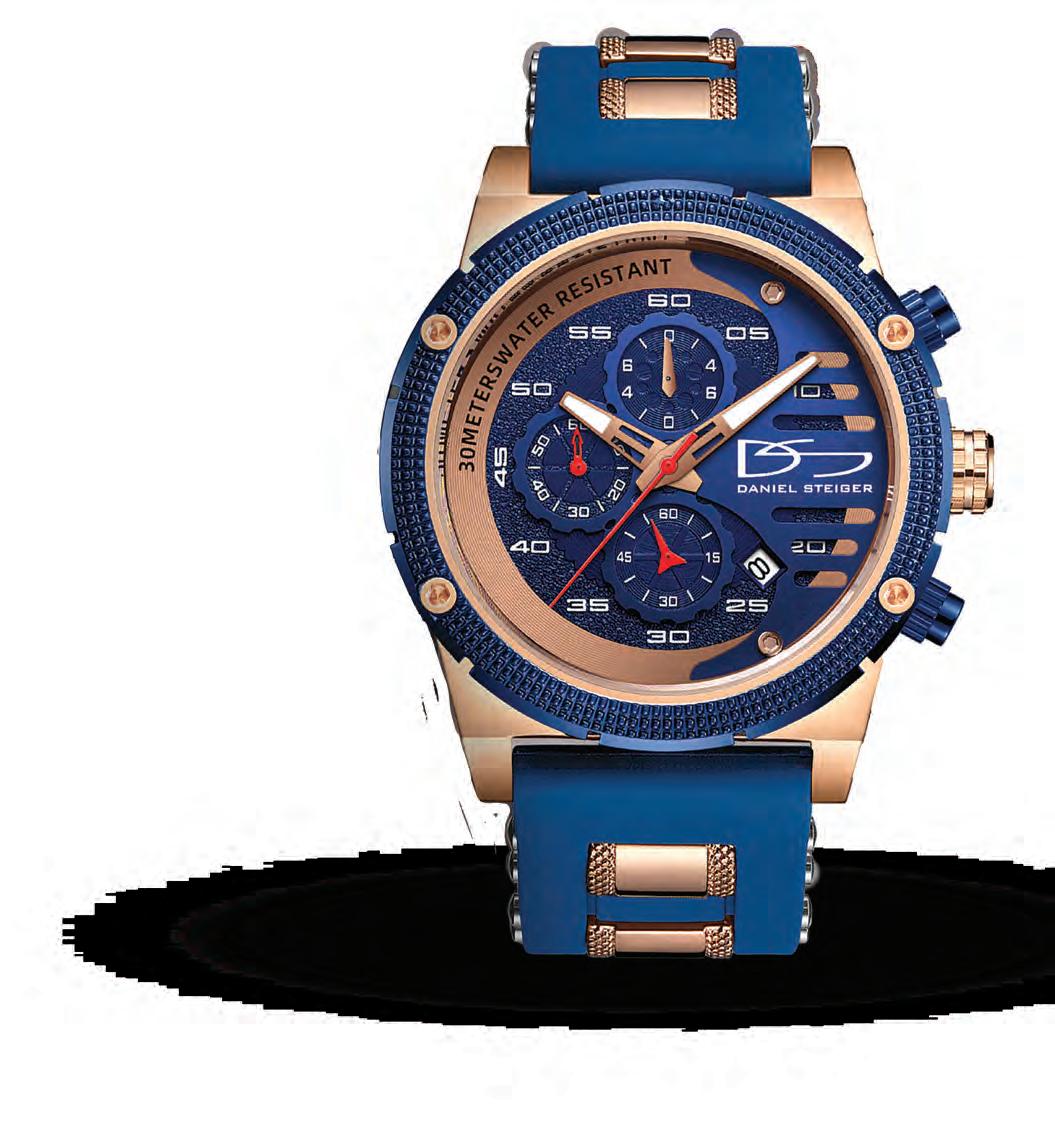


By Dr. Benjamin Cole
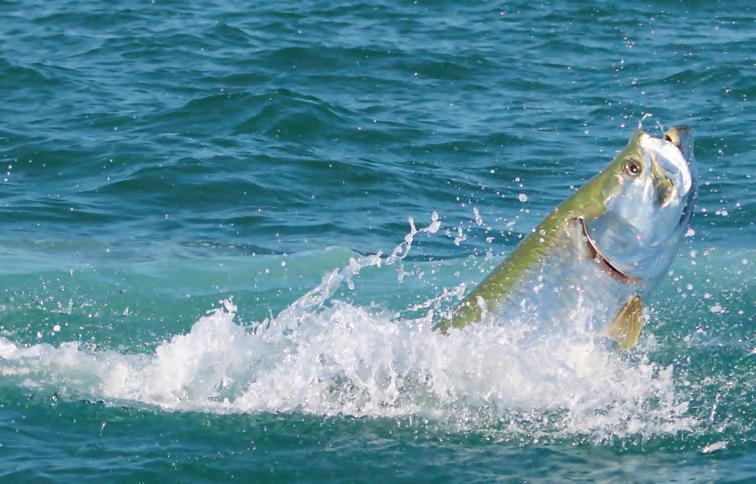

Tarpon (Megalops atlanticus), known as “silver kings,” are renowned for their acrobatic leaps and strength, making them a top target for anglers. However, their fascinating migration patterns also play a crucial role in maintaining marine ecosystems.
Tarpon migration is largely driven by the need for feeding and reproduction. Tese highly
migratory fsh can travel thousands of miles, infuenced by water temperature, food availability, and spawning needs. Preferring temperatures above 72°F (22°C), tarpon move south during colder months, seeking warmer waters.
the U.S. Atlantic coast, they travel from Virginia to Florida and the Caribbean, while in the Gulf, they move from Texas and Louisiana to Mexico. Teir northward migration begins in late spring, driven by rising temperatures and abundant food. By summer, tarpon reach as far as Virginia, signaling the start of fshing season. As fall sets in, they return south to warmer wintering grounds.
A key driver of tarpon migration is spawning, typically occurring between May and September in ofshore areas with strong currents. Afer spawning, larvae are carried into estuarine environments like mangroves and marshes, crucial nurseries for juvenile tarpon. Tese habitats are essential for the species’ survival, but environmental degradation threatens their health.
While tarpon are primarily a catch-andrelease species, improper handling during fshing can lead to mortality. Conservation eforts, including safe fshing practices and habitat protection, are essential for sustaining tarpon populations. Organizations like the Bonefsh & Tarpon Trust work to monitor migration, protect critical habitats, and promote responsible fshing.

Found in the Atlantic Ocean and Gulf of Mexico, tarpon migration varies by region. Along
Tarpon migration is a remarkable journey, driven by the search for favorable conditions. By protecting these iconic fsh and their habitats, we can ensure their survival and preserve their role in marine ecosystems for future generations.

Capt. Russ Walker

If a fsh can see the bait, they’ll hit it much faster than if they must search through grass or mud. Tat’s why I rig to suspend the bait, keeping it above the bottom where fsh can easily spot it. Grass fats are incredibly productive fshing grounds, and targeting the edges where the fat drops of into deeper water is the key to catching bigger fsh.
In around fve to six feet of water, grass growth stops, forming a natural erosional edge where fsh like trout, cobia, tarpon, and mackerel hunt. Tese edges act like a “superhighway” for predatory fsh. While smaller fsh are found on the fat, the big ones hang near the edge, diving into the deeper channel when necessary.
Te best tool for this fshing method is a fat-topped popping cork. Te cork keeps the bait suspended at the desired depth and makes a popping sound when tugged, drawing fsh to the noise. Tis is especially useful for beginners, as it’s an easy technique that produces great results. With just a few pops, the live shrimp below the cork will jump into plain sight, attracting the fsh.
As a charter captain, I’ve found this method efective for anglers of all experience levels. It’s not uncommon to catch 80 to 100 fsh during a four-hour trip using this rig. It works equally well ofshore near wrecks, suspending bait for species like permit.
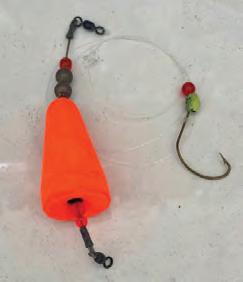
I make my own 200 lb. rated, fat-topped popping bobbers, stronger and shorter than store-bought versions. Tey’re perfect for fshing

everything from trout to tarpon, with only the hook size and leader changing. Te leader length is always four and one half feet, and the magic depth on the grass-fat edge is fve feet.
Typically, I use a 3/0 Mustad Wide Gap Hook with a 1/4 oz. egg sinker and a 30 lb. fuorocarbon leader. Tis rig works wonders for trout, pompano, mackerel, snook, redfsh, and ladyfsh.
So, give it a try! Pop the cork a few times, remove the slack, and hang on. When the bobber disappears, just “yank it and crank it.” You’ll see your catch increase by at least 40 percent. Fish On!
Capt. Russ Walker is a USCG Masters licensed fshing guide and owner of Tide Walker Charters out of Cape Coral, FL. www.tidewalkercharters.com
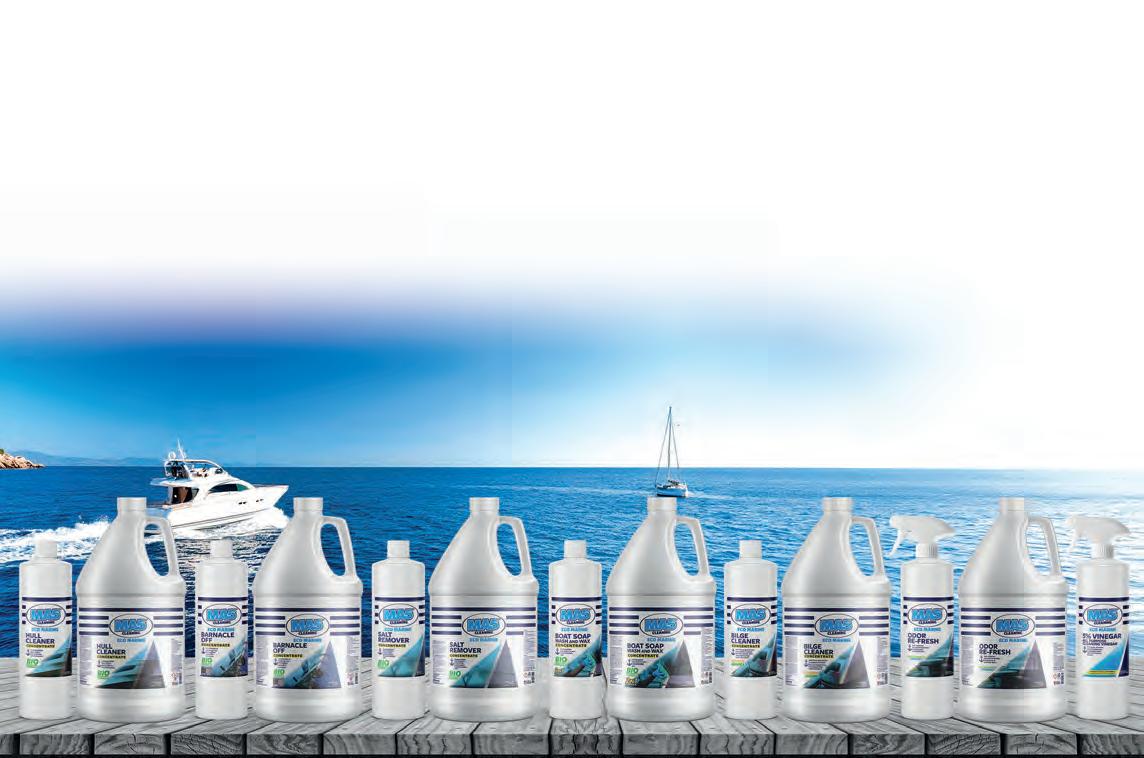

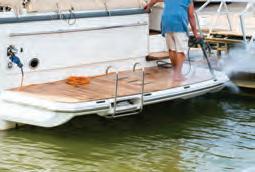
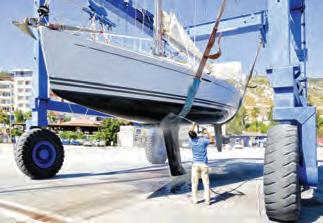










By A. deGruchy
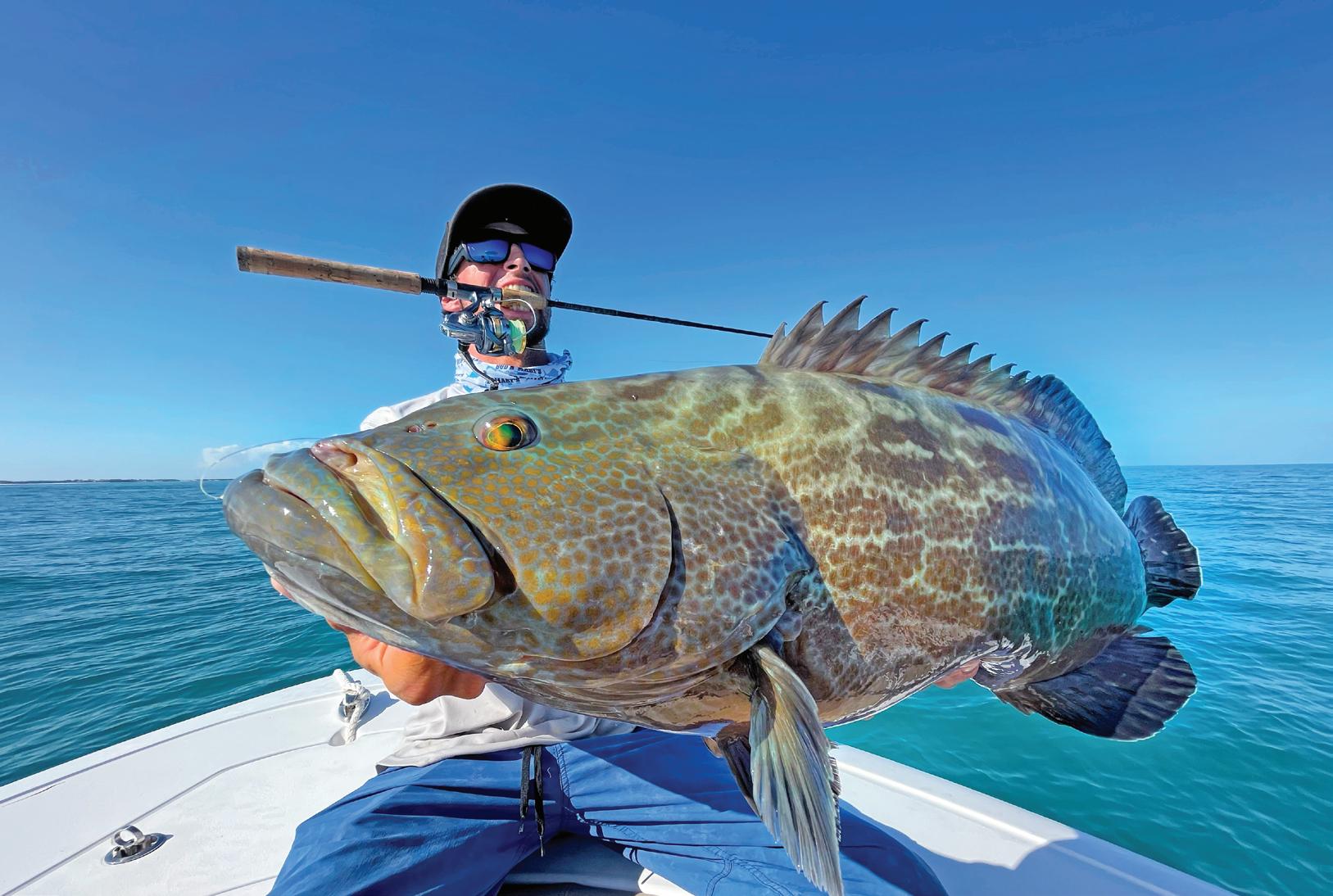
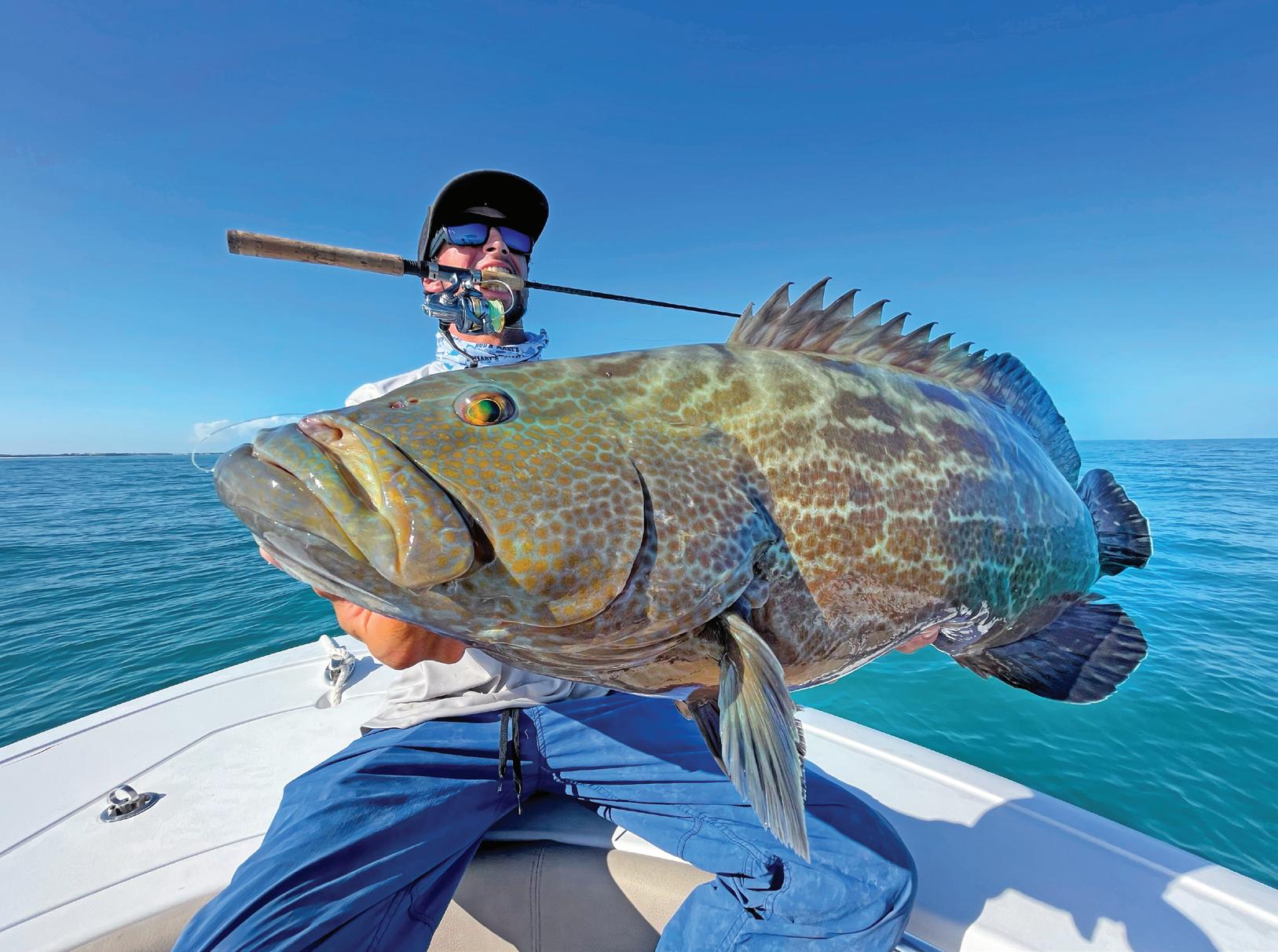
The Florida Keys transform into a fishing paradise as the intense summer hurricane weather fades and cooler fronts begin to roll in. This fall, it’s all about the patch reefs... vibrant underwater gardens teeming with a variety of species. Targeting these patches is incredibly fun and rewarding. You’ll encounter species like snapper and grouper, along with various types of mackerels. Light-action fishing is always a blast,
and in the Keys, there are countless patch reefs to explore.
To find a patch reef, look for shallow spots scattered with coral and sand, typically just a few miles offshore at depths of typically between 1530 feet. For gear, we recommend using a PENN Spinfisher VII 3500-4500 combo. The Mustad 3/0 Demon circle hooks are reliable, and when it comes to bait, live shrimp are unbeatable. It’s all about enjoying the vibes and seeing what you can reel in... mutton snapper, red groupers, porgies, Spanish mackerels, and much more!

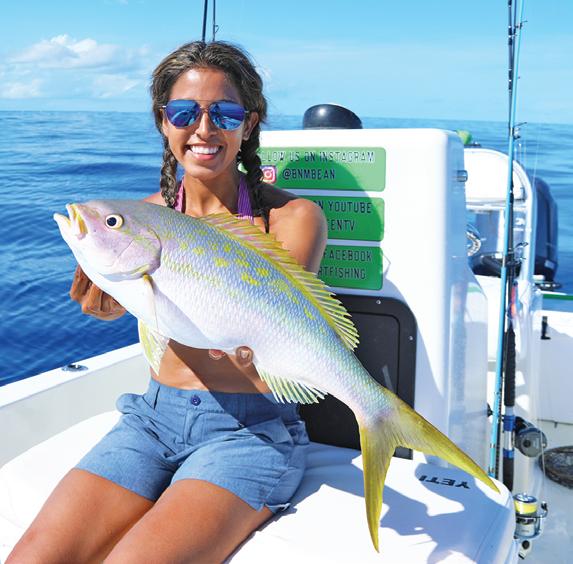
This fall will be even more special with the opening of Three Waters Resort in Islamorada. This elegant new destination offers not just stunning accommodations but also brand-new restaurants and a magnificent ambiance. Imagine savoring fresh culinary experiences while soaking up breathtaking waterfront views. After a day on the water, kick back and enjoy a drink at one of the resort’s dining venues or onsite restaurants.
So come on down this fall and get ready for some fun fishing in the Florida Keys. With Three Waters Resort as your home base and Bean Sportfishing Charters as your vessel, you’ll be hooked on the fishing, the food, and the laid-back vibes!
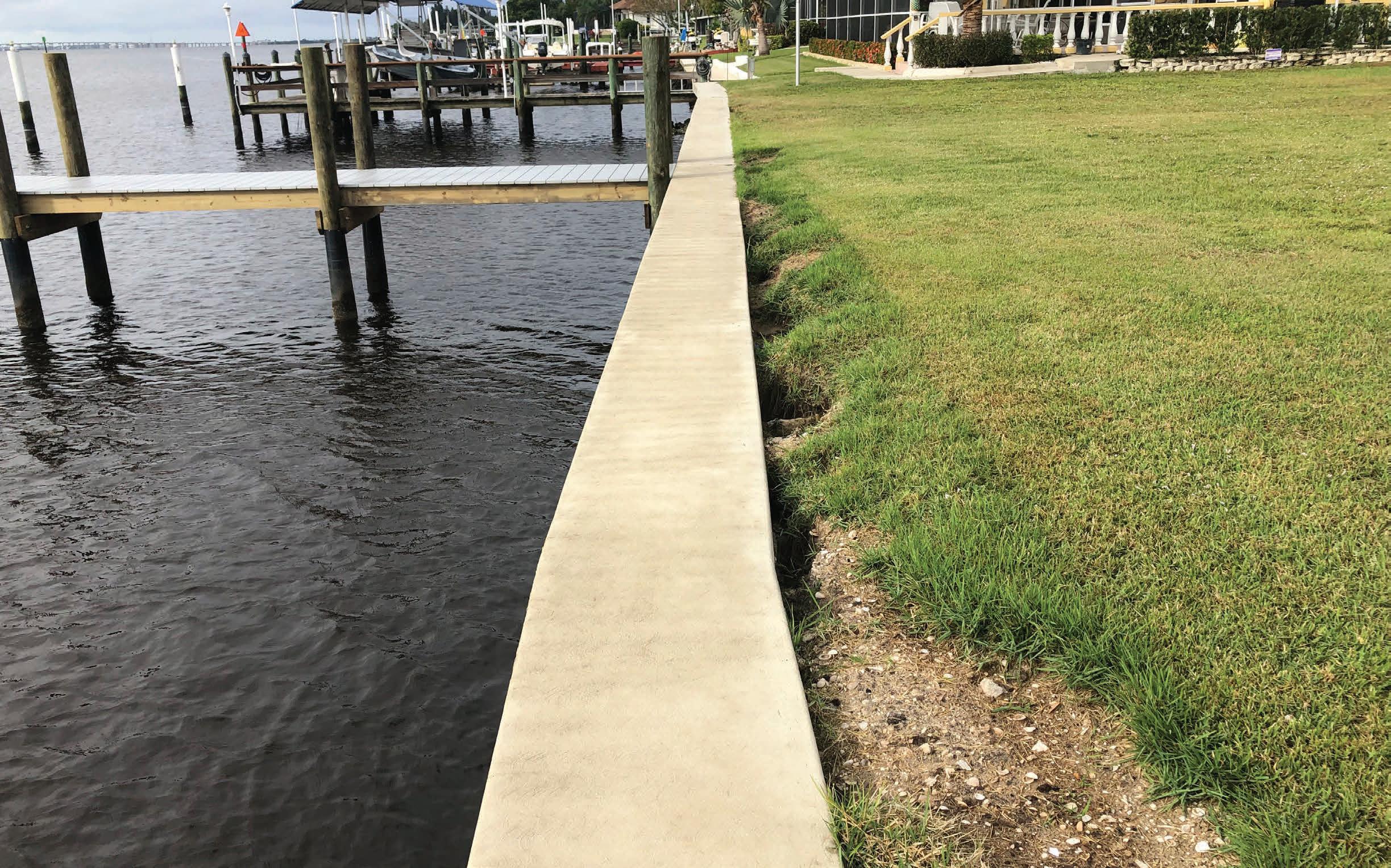




















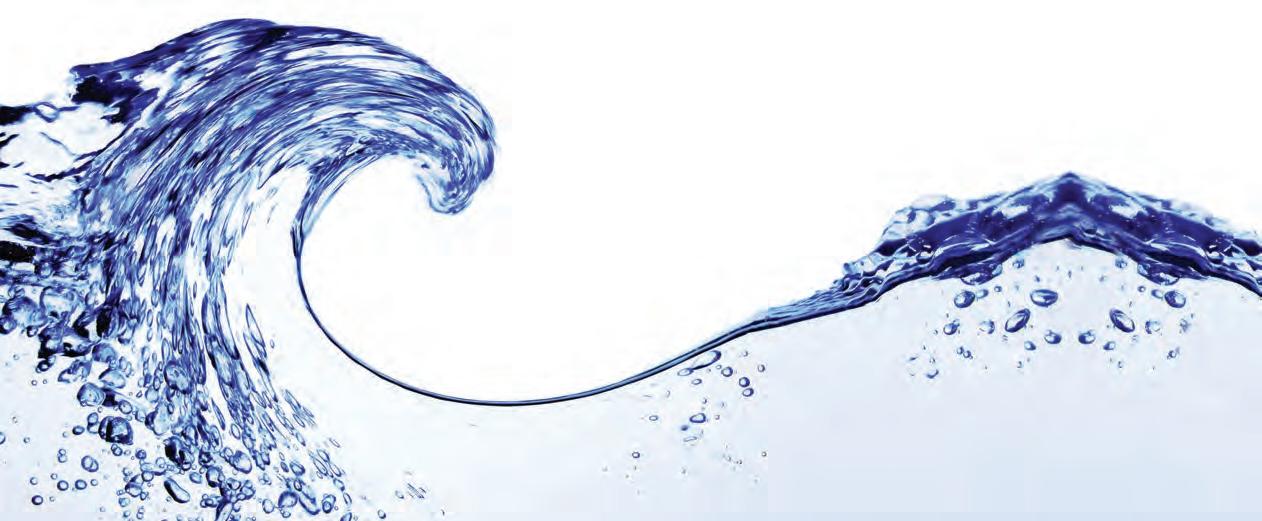
By Capt. Jack Gohmert
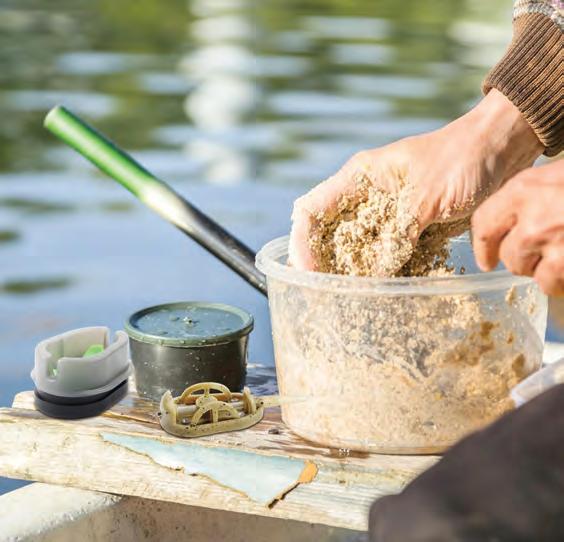
Creating your own chum bait can signifcantly boost your fshing success. Chum, a mixture of fsh parts and attractants, draws fsh to your spot by creating a feeding frenzy. Making your own chum lets you tailor it to the fsh you’re targeting and saves money. Here’s a simple guide to making efective chum and using it for the best results.
Chum is a blend of fsh-based materials that attract predatory fsh. When
placed in water, it forms a scent trail and visual signal that lures fsh like snapper, tuna, and sharks. Whether you fsh ofshore, from a pier, or inshore, chum helps by concentrating fsh around your location.
Making chum is straightforward. You’ll need the following:
Tools:
• Food processor or meat grinder
• Bucket or container
• Rubber gloves
• Freezer bags (for bulk storage)
Ingredients:
• Fish scraps (bait lefovers, carcasses)
• Canned fsh (sardines, mackerel, or tuna)
• Fish oil or menhaden oil
• Breadcrumbs or oats (to bulk up the mix)
• Optional: sand or cornmeal (to sink chum faster)
1. Gather Fish Scraps: Collect lefover fsh scraps or use canned fsh. Local fsh markets are great for sourcing discards.
2. Grind the Ingredients: Use a food processor to grind fsh scraps into a paste. For canned fsh, mash it along with the oil for a strong scent trail.
3. Add Bulk: Mix in breadcrumbs, oats, or cornmeal to bulk up the chum. Tese ingredients absorb oils and create a scent cloud. Sand can help sink the chum.
4. Enhance the Scent: Stir in fsh oil to intensify the scent, making it travel farther underwater.
5. Pack and Freeze: Freeze large batches in bags. When fshing, break of chunks and toss them into the water.
For ofshore fshing, throw small amounts of chum every few minutes to create a steady attractant. For shore or pier fshing, use a chum bag or cage to suspend and slowly release the chum. Adjust the size and consistency of your chum based on the fsh species. Larger fsh prefer coarse chum with chunks, while smaller fsh may respond better to a fne mix that creates a cloud.
Making your own chum is a cost-efective way to improve your fshing. With minimal tools and ingredients, you can craf a bait that attracts fsh and turns a slow day into a successful one.

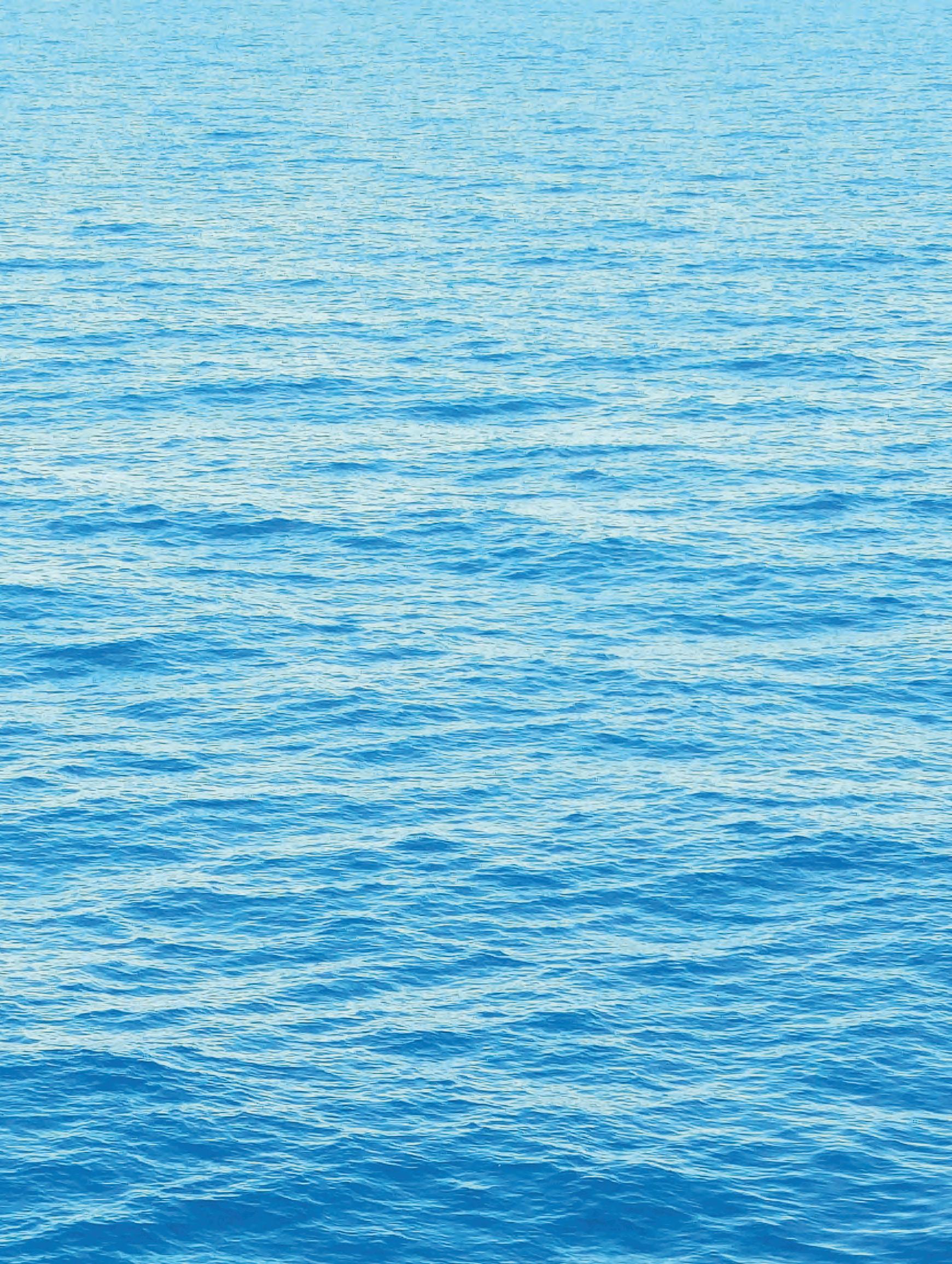

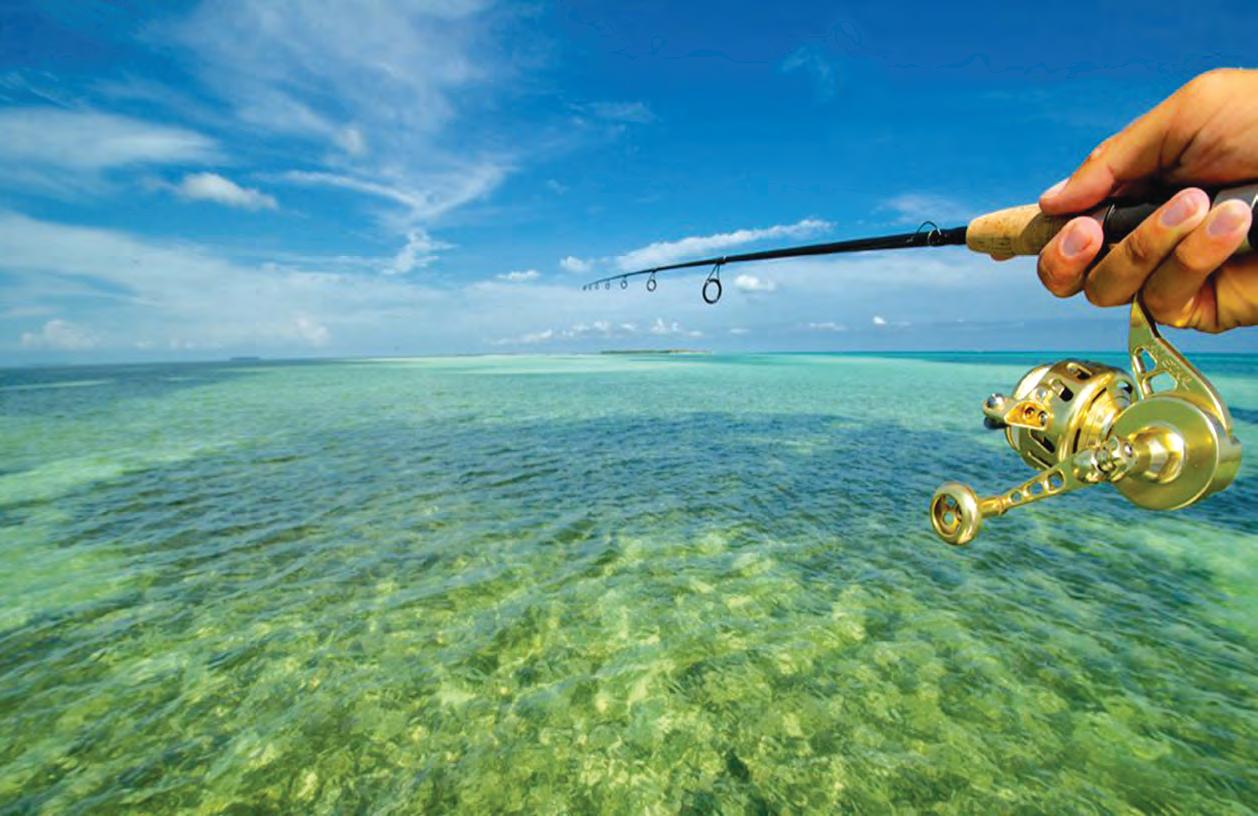
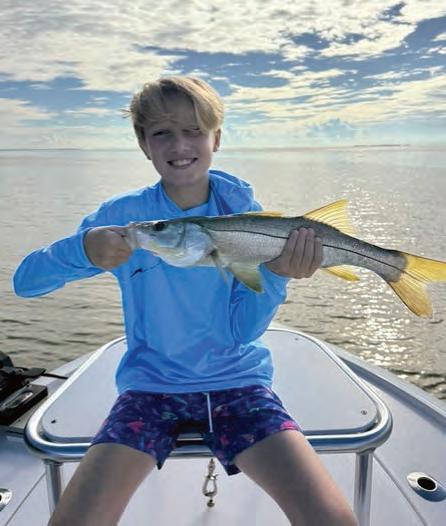
By: Capt. Greg Poland
It’s been a long hot summer, and personally, I can’t wait for the first cold front to push through the area and take the humidity with it. The snook fishing has been consistent in the backcountry, however, I have not been getting out on the water as much as usual over the last few weeks due to the tropical storms and bad weather. Historically, this is the slow time of year here in the Florida Keys and usually this is the time of year we all seem to spend more time paying attention to boat maintenance in preparation for the upcoming winter fishing season. The timing is right with the consistent stormy weather that has kept us at the dock for some time. Therefore, now is the perfect time to get your gear in order whether it is scheduled maintenance on the outboard or new line on the reels. Take your time and get it done right, as we know come busy season it is hard to find the time for maintenance tasks.
October and November seem to always be my down time to get everything in perfect working order for the season. And when that first cold front hits, I will be ready to be out on the water. The few times that I have been out fishing out in the backcountry, it has been stellar! For snook, I like to use live pinfish and pilchards and a 15lb spin rod spooled with beaded line and a fluorocarbon leader about the length of the rod, and for trout fishing, a popping cork with a pilchard work quite well! With the cooler temps on their way, preparation is the key to a successful winter fishing season. We’ll see you out there soon!
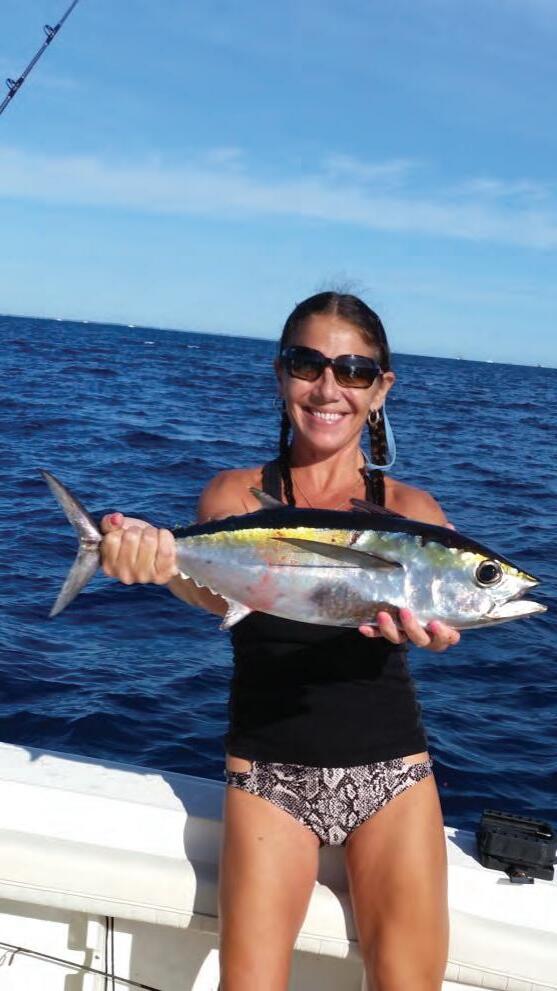
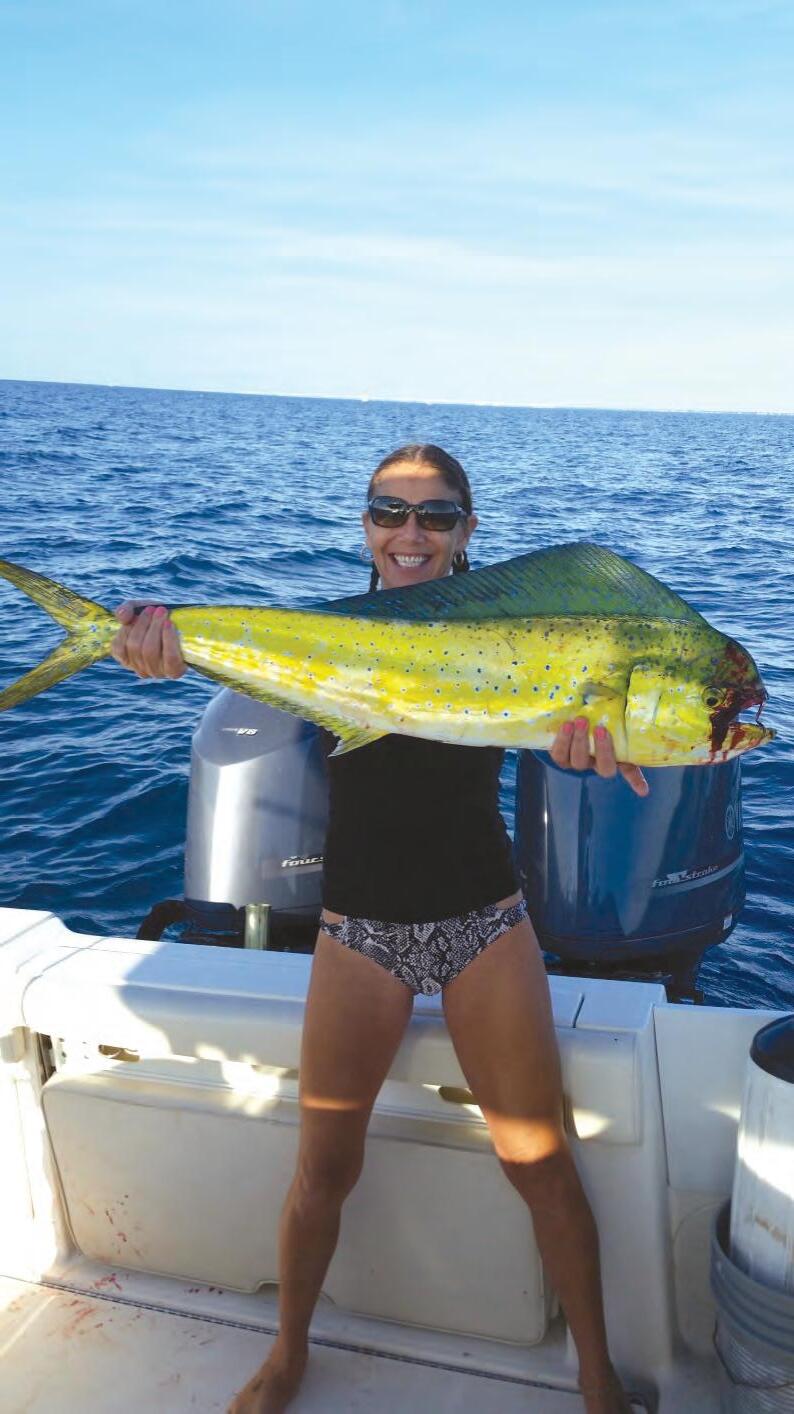
By: Capt. Angelia Swanson
So, the fishing is slow; or at least that’s what I keep hearing. But what do I know, I’m just a good little country girl from Thonotosassa, Florida, who’s lucky enough to be living in the Florida Keys. All of my life I have been gravitating to saltwater and have made annual trips down here to the Florida Keys to fish and dive and especially to hunt those scrumptious spiny lobster. Now I’m here to stay and I am fishing as much as the winter winds will allow, despite the sour fishing reports from all of them local naysayers. I’ve had some great days out on the water since arriving as a permanent resident, especially here lately. But still I’m told, the fishing is a little slow.
I’m not at all surprised by the wind, which can make fishing a bit more difficult, but there hasn’t been a real cold front yet, which usually means the Winter fish bite will be slow. So, I keep hearing that the fishing is slow. But still I go because if it’s slow, I just haven’t noticed it. We’re still loading the boat with trophy sized wahoo, blackfin tuna, and dolphin. Besides, as I’ve always heard and believe, “a bad day on the water is better than a good day at work”!
I will admit I’ve had a few skunked days, which I rarely have, and a few slow days, which I can live with. All I’m looking for on this particular morning is a nice, yummy, fresh, fish dinner tonight. I don’t think that’s too much to ask for. My Mate and I have been making the fourteen-mile run out to The Hump, where we were over the top on tuna a few months back, but today we decide to run the reef line. The reef line has been treating me well for the last month or so as well. I got a prize-winning wahoo about a month back on the reef line, so I’ve continued to run it. Not too far out, not too bad seas, and between the shallow reef where the “pro” fishing guides are chumming up the water in hopes of the ever-elusive sailfish, and The Gulf Stream, I’m confident because my fish mojo has been pretty darn good lately.
Since dawn and dusk seem to be the best bite, I prefer dawn, as it’s a pain in the butt to clean fish in the dark and I’d really like my fingers to stay intact for a while longer! Between the dark, and the brutal fatigue from the sea, by dusk I am one tired girl and should not be trusted to wield a sharp knife. The only catch is, I am not a morning person, but once I’m up and going, there is no stopping me.
This has become my favorite time of day, because if you want to start your day on a spiritual note, do it on the ocean. There are unimaginable shades of blue for as far as the eyes can see, such shades that I never knew existed. And the sky changes by the moment. The sun rolls in, in hues of pink and grey with sunbeams bouncing in the through the clouds in an ever-changing dance. A rainbow of hope. If I get lucky, some porpoises will follow my wake, or a sea turtle will surface to further bless my day. This is my saltwater church. This is my happy place.
But, after appreciating Mother Nature’s beauty, it was time to get busy trolling that reef line. I really love it out there nice and early, as there aren’t a hundred other boats to contend with. When you are trailing hundreds of feet of line behind you, one errant boater can really mess things up. So, what do I put out on the trolling lines this morning. I’m undecided. Artificial lures have been doing the trick, but I’ve had some awesome hits with a skirted, dead, rigged ballyhoo lately, so, being the queen of indecision, I choose both. One of the bonuses of trolling.
Your best bet out here is to fish the water tables, so I decide upon that skirted, rigged, dead Ballyhoo, and a deep diving lure, so at least we are fishing the top and about twenty-five feet below. To top it off, we throw out a little pink worm that has been my tuna lure of choice, just in case. My thinking was that we might as well cover any and all possible bases. Off we go at the trolling speed I call my “sweet spot”.
First hit of the day was pretty darn quick, and a beauty! It’s a nice, decent size mahi, that “they say” aren’t really hitting at this time of year. It’s my biggest to date, but I will change that in no time if I keep up my pace down here in fishing paradise. That beautiful, big dolphin took one nice jump upon hitting the ballyhoo, and I got to watch that gorgeous fin as he reeled in pretty smooth. Jackpot! All I wanted was a sweet dinner. Mission accomplished!
With lines back out, and back to that perfect trolling speed, the hunt was back on, but not for long, as a second rod got hit hard. This one was a doozy! It ran me around the boat, hit my drag more than once, and got my heart pumping something fierce. Adrenaline is definitely my favorite drug. Dang, if it wasn’t a monster wahoo! As I got the beast to the boat, my mate masterly gaffed it, and the moment it safely hit the deck, I went to hooting and hollering! No Way! This is the second big wahoo I’ve put on this deck in a little over a month. Life is good. And not only do I have my scrumptious dinner, but I have dinner for days, and choices to boot. But the day is still young.
We get back to work putting out the lines, and I get the boat back in the right direction and hit the magic trolling speed. Then my mate just had to actually say it out loud, “All we need now is a nice tuna, and we will have one heck of a Triple Slam this morning”! No sooner had the words left his mouth, the line went screaming! This chunky blackfin definitely had some spunk. After getting this third, dreamy fish on the deck, I was in utter disbelief! Unbelievable and all before 10am! My cheeks hurt from grinning like a fool. I must have opened the fish box a dozen times so that my eyes could tell my brain, “Yes, this really happened!” So, I started this Fall season out with a Triple Hitter that any saltwater angler would envy.
All the while, all I could think was, “so, the fishing is slow”. What a way to start the new season on the water in The Keys! Life is good! And I wouldn’t want to be anywhere else right now than living and fishing the beautiful Florida Keys!









By: Capt. Bruce Andersen
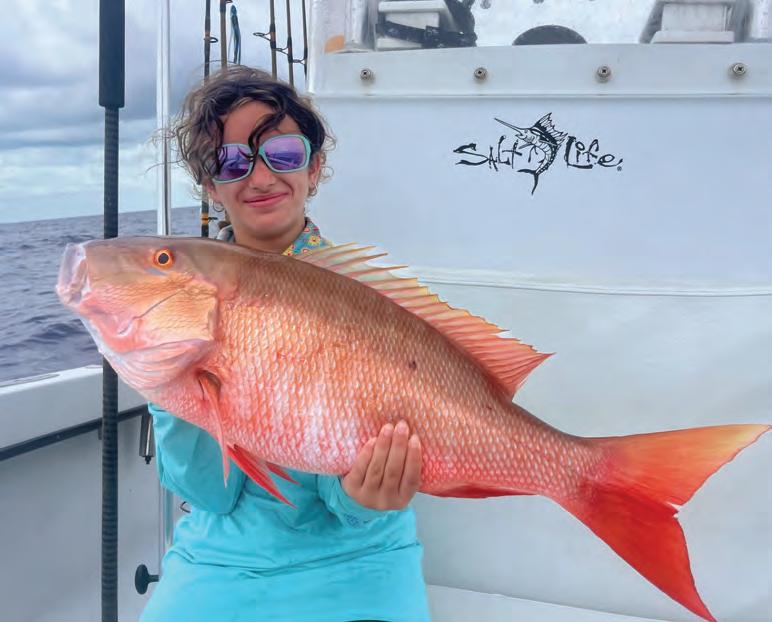
Oh boy, here we go. When you live down here year-round, it seems like summer never ends, but the first cold fronts of the season are here, and things are changing quickly! Finally, a cool breeze! And with the weather patterns shifting, the fishing is changing as well and the reef fishing and live bait opportunities just offshore of the Reef are heating up!
I love my job! I love taking people fishing here in the Florida Keys and I especially love doing it this time of year. Some of my favorite types of fishing are just starting to get really hot and I love heading out there, doing some different
stuff than we’ve been doing all summer and enjoying the cool weather and the great fishing.
A couple of the different types of fishing that will real ly start to heat up with the changing weather patterns are reef fishing on the patches for a variety of mutton snapper as well as other snapper and grouper in the shallow water just inside the main edge of the reef and live bait fish ing for sailfish, kingfish, wahoo, and tuna just outside the edge of the reef in the 90 to 200 foot depths. I really enjoy both of these types of fishing and on a longer charter, it’s very possible to combine them. Sometimes we start out on the patch reefs and catch live bait like ballyhoo and cigar minnows while we’re fishing for the mutton snap per and yellowtail. Then we’ll head outside the edge of the reef and put out the live baits in search of the pelagics. It’s a great combination that gives you a taste of a few of the many different types of fishing available here in the Keys. Of course, you don’t always have to combine these types of fishing. Sometimes an action-packed patch reef fishing trip is just better for families with kids or people that just want to get a lot of action. Other times the excitement of catching bigger fish like sailfish or big wahoo is more appealing for the customers and we’ll just head out and do that most of the day.
Either way, your likelihood of having a great time fishing down here in the Keys is very high. We’ve always got plenty of different types of fishing available and there are several others in addition to the ones I’ve mentioned here so far. It’s a great time of year to get out for a fishing char ter in our area, and I hope I see you out there soon!
— www.captaineasycharters.com
You can reach Captain Bruce Andersen at Capt. Easy Charters, MM 85, call 305.360.2120 or email at: captbrucekey@comcast.net
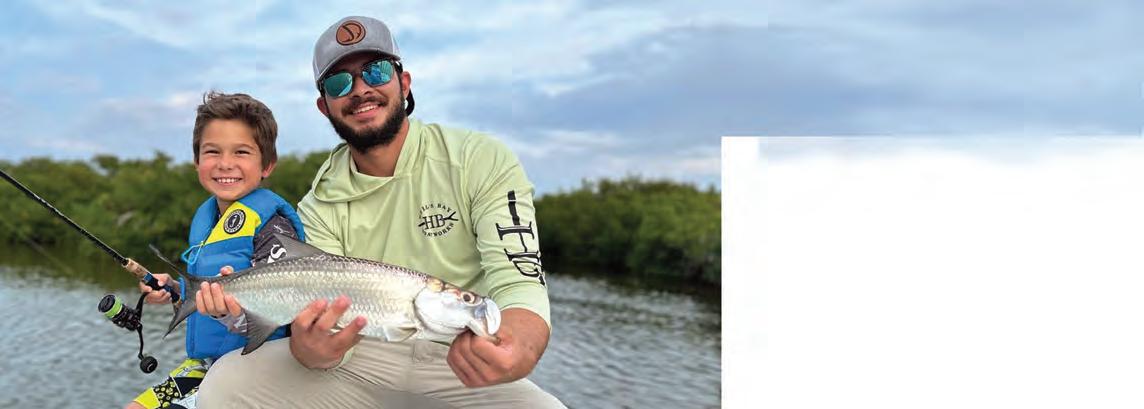























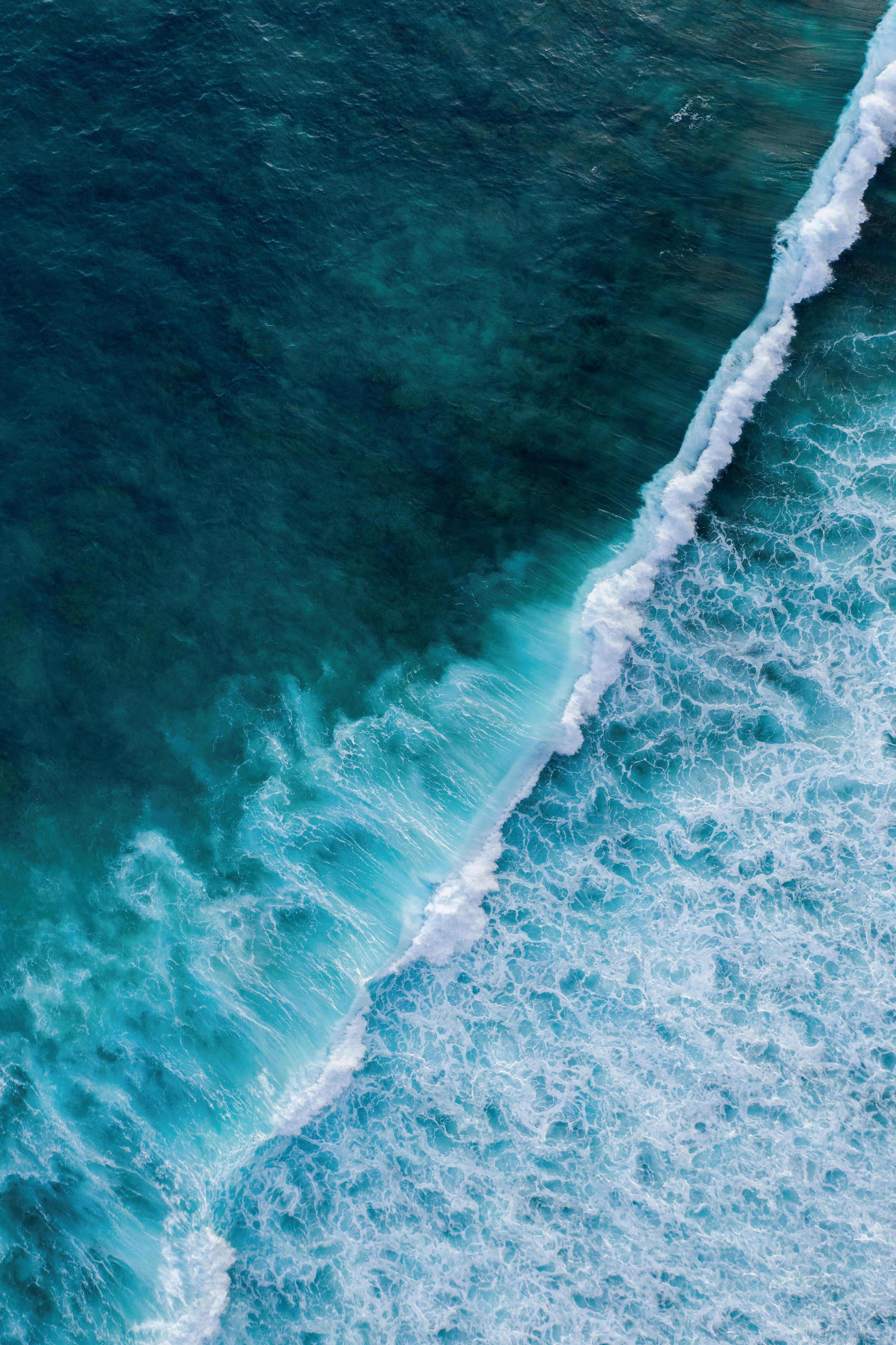





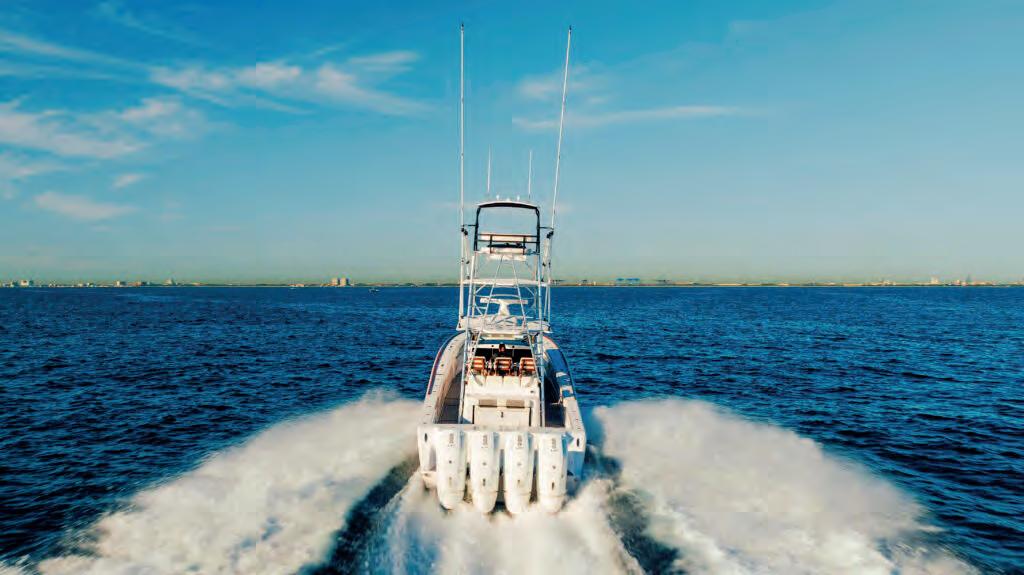



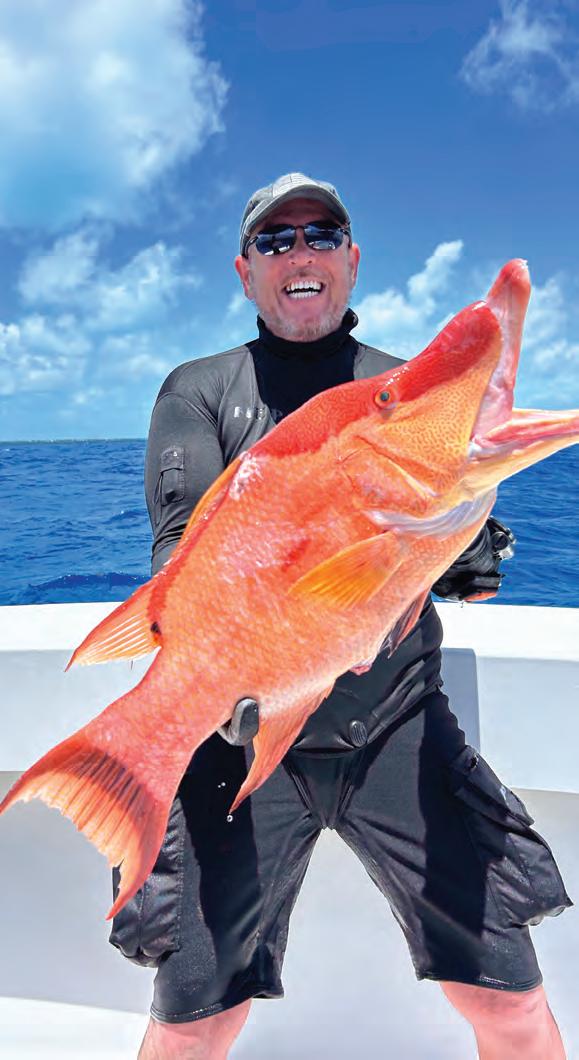
By: Capt. Tony Young
The ideology, belief, connection, or passion between a diver and the ocean is what drives most of us to the water. Whatever you want to call it, the ethos of spearfishing does connect you in a higher way, both to yourself and the fish. The more you dive, the more connected you feel, your respect for the ocean will grow. This respect is not only for the fish you harvest but also for the predators you are competing with. You understand the separation from above the surface and below, all of our advancements in evolution as a human are eliminated and we rely on equipment to see and propel ourselves. The ocean is a beautiful place, but at times treacherous and deceiving. Diving is calming but also terrifying, a seasoned diver will grow great appreciation for the ocean. This creates a pendulum balance that always puts us in check, both physically and mentally. Over time it has helped myself and many others grow in all aspects of life, understand our daily meanings, life purpose, and all the difficult stoic aspects of life that are seemingless undefinable. This is spearfishing, let’s dive in!
I believe the greatest gift someone can be given is purpose and passion, it is more powerful than any amount of money or tangible asset. The feeling of waking and resting each day with a goal to better yourself from the previous is more powerful than anything I have ever encountered. Over the eight years I have owned Forever Young Spearfishing we have met some of the most amazing people on the planet. One of those individuals is a man named Jim Bruce! When we first met Jim, he was a technical scuba diver and had never touched a speargun. He called for a charter and wanted to give spearfishing a shot, this was seven years ago. We went on our first trip together and Jim was hooked, it did not take long. He was immediately connected to the ocean in a way he never was before, his energy was powerful and pulled us in. Everyone on the boat immediately knew that Jim’s life was changed, that in just a few short hours, Jim found a new purpose in his life. As a guide, this is very powerful, it fills your heart with joy to see another diver appreciate spearfishing the way you do. Over the years as Jim excelled in spearfishing, he simultaneously excelled in life. He always was, but even more so now, the most appreciative and grateful person we all grew to know!
This story gets tough here, but I promise it will come around. In July of 2023 Jim was suddenly diagnosed with a stage three blood cancer called Classical Hodgkin Lymphoma. Shortly after one of his trips with us, he broke the news to me and the Forever Young team. Jim is a good friend and brother to us all, this news hit very hard. His doctors urged him to start treatments, but Jim made the decision to postpone so he could attend our annual Dry Tortugas spearfishing trip. Furthermore, Jim confidently said they had a plan for treatment and that he would see us next year for our annual spearfishing grouper opener trip on May 1st. Jim’s contagious positive energy, as always, made us smile and confident for the future. If Jim said he would be there, well then, he would be!
We kept in touch with Jim and helped as much as we could, we sent a lot of prayers and fish pictures his way. At one point during his treatment, he took a break to go skydiving, not something cancer patients do. His energy and confidence made him one of the most liked guys at the hospital, through the ups and downs Jim kept his head up high. The year progressed and Jim started to improve, it took a toll on his body, but Jim is now in remission and just like he said, Jim was there with us on May 1st for the grouper opener trip!
I wanted to share Jim’s story because I believe we all need to remember how important the simplest things in life are. The reminder of how special each second is and to never take a breath for granted. We will always be faced with challenges and the older we get the harder it is.
For Jim and myself, spearfishing gives us a strong purpose in life. It is a way to grow physically, mentally, and emotionally. It is the connection to the ocean, the fish, the meals we cook, the friends we meet, the memories we create, and the power to push through the hard times life will put on us. Thank you, Jim, for your strength and showing us how powerful we can be when our heads are in the right place. You are an amazing man Jim, and we are all blessed to have you in our lives!
Dive safe!

— Capt. Tony Young can be reached at Forever Young Spearfishing in Islamorada, FL at 305-680-8879




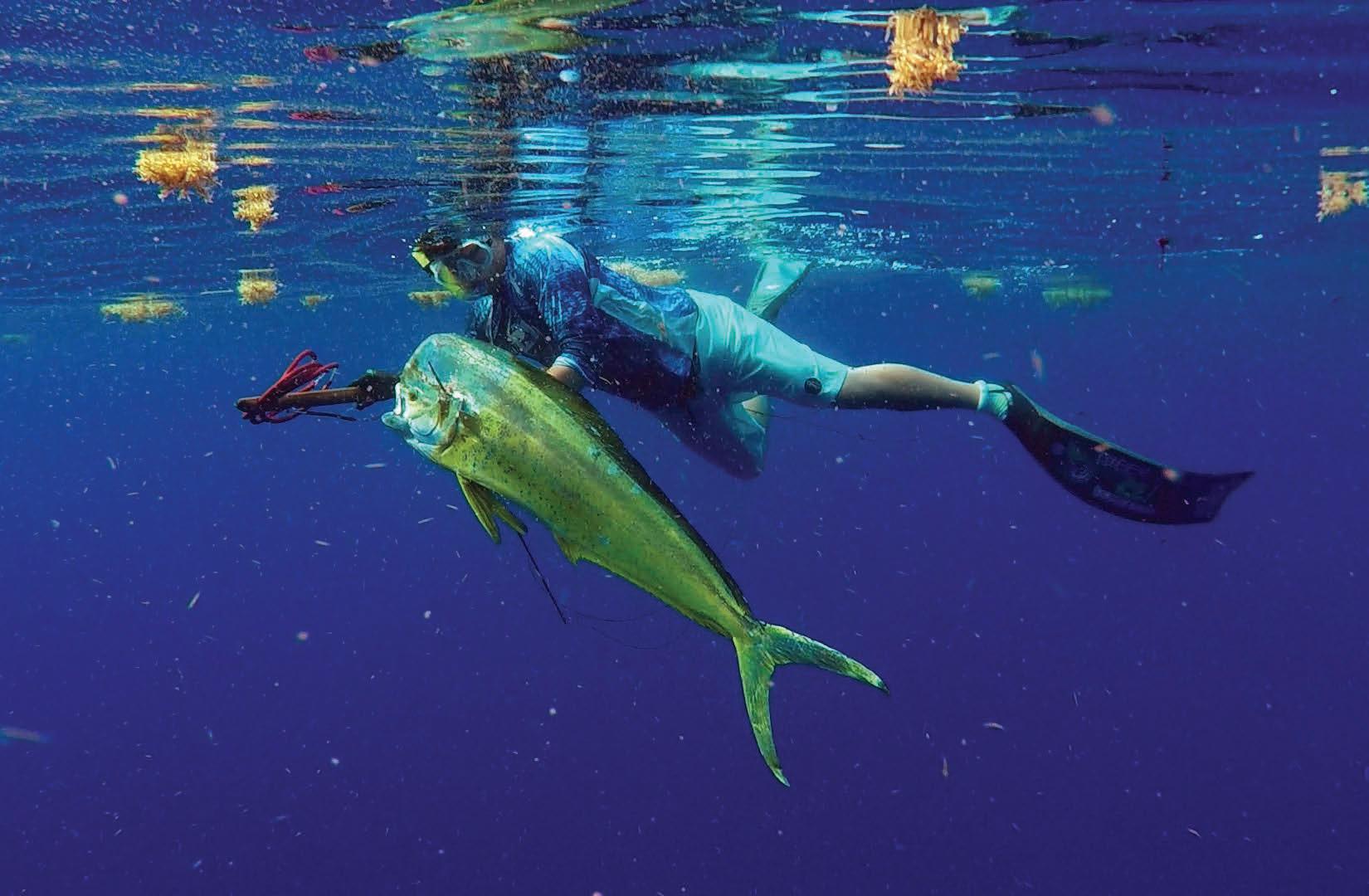
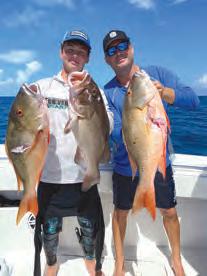

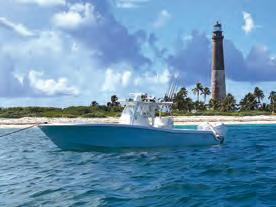



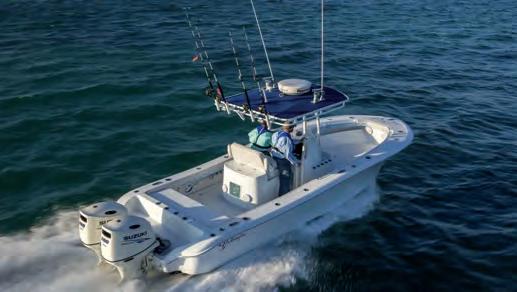
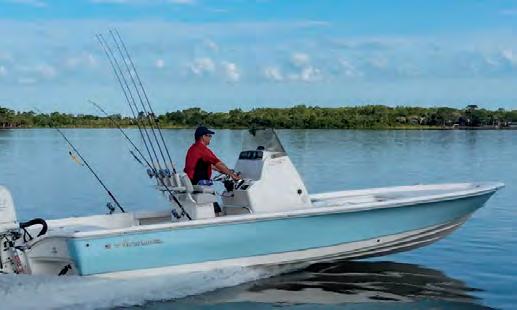




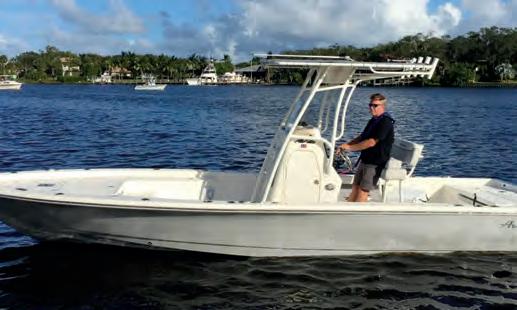


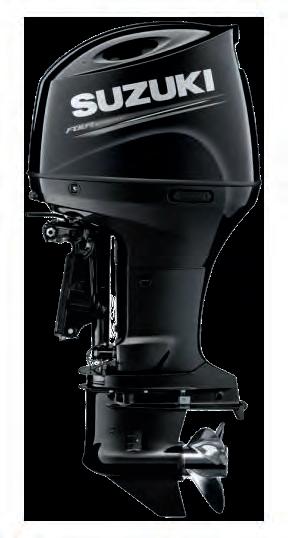
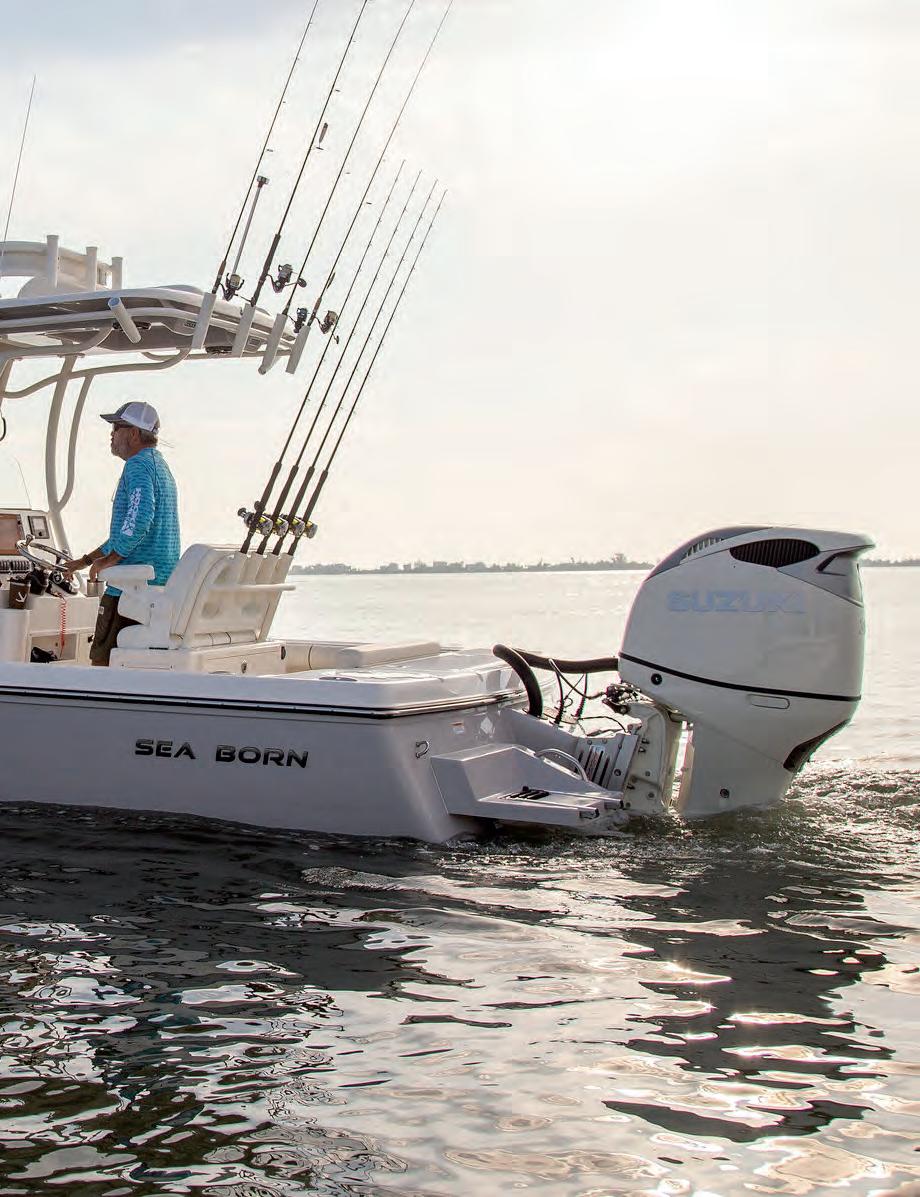




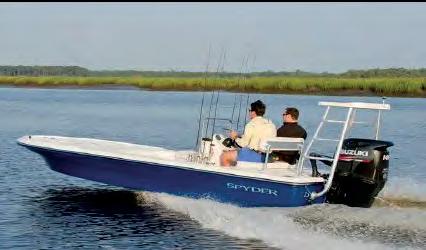


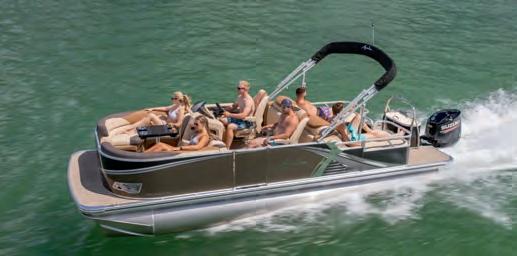

8
9
6
5
2
1















14








22
25







































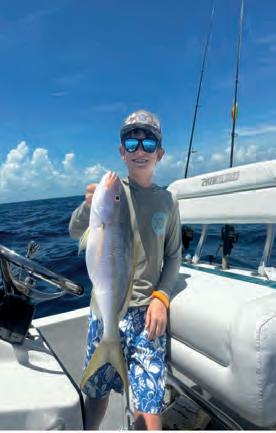
6
5
2
1























22
24
28












































By: Capt. Rob Modys

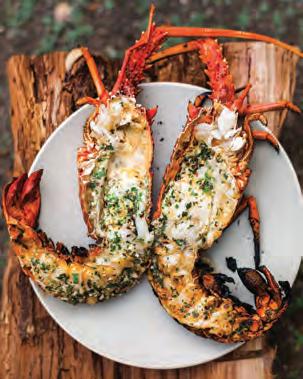

his year is cruising by so quickly and Thanksgiving is right around the corner. It’s a time for families to get together and to not only be thankful for all they have, but to also be thankful for each other.
My family is spread out in multiple states, as well as here in Florida, and there are times when we manage to bring everybody together for the traditional turkey dinner with all the fixings. When that’s not feasible, and my wife JoNell and I are celebrating alone, we sometimes enjoy what we refer to as a seafood Thanksgiving. After all, bounty from the sea is something that we are very thankful for.
On those occasions we’ll start the morning with Bloody Mary’s. Yes, there will be celery, but there will most likely be fresh pink shrimp curled over the edge of the glasses. It’s also possible that we’ll have Scottish smoked salmon served on crackers with cream cheese, cappers and diced sweet onion. I just made my mouth water.
Later in the day the appetizers will begin. More shrimp is a must, served on ice with a traditional cocktail sauce. There will also be fish dip made up of whatever has been recently cooked on the grill for dinner on previous evenings. One of my favorite combos is mahi mahi, snapper and seatrout. JoNell also adds Duke’s mayo, pickle relish, diced sweet onion, celery salt, pepper, lemon, hot sauce and a few secret ingredients. I have often said she should open a seafood restaurant.
At dinner time we’ll go all out with seafood. We don’t do much in the way of adding a lot of side dishes, which leaves room for a more diverse mix of food from the sea. November happens to be a month when you can buy both Florida lobster and stone crab claws at a local seafood shop.
These two saltwater delicacies are a must and there is no way we wouldn’t have those at a seafood Thanksgiving dinner.
I like to cook the lobster on the grill. I split the tails lengthwise down the middle, add a couple of pats of butter, and add just a touch of Chef Paul’s Seafood Magic. Be sure to provide drawn butter to dip the meat when served. Stone crab claws come already steamed and then iced down, so there’s no need to worry about timing. Just make sure to serve them with the traditional mustard sauce, which is actually made with powered mustard, not yellow.
Not full yet? Good, because next comes whatever your favorite fish might be, cooked anyway you like.
We are both very fond of wahoo. I think it’s the best tasting local fish we have, and I love to grill it. It’s firm enough to place carefully on the grill, just use care when turning it over. Go easy on the preparation, with only a bit of butter, lemon and perhaps a little pepper. The flavor the grilling adds, in my opinion, is an unbeatable taste and there’s no need to cover the fillets with additional sauces or spices.
Last, but certainly not least, would be a slice (or two) of Key lime pie. Once again, the traditional pie is best, but there are many variations, even in the Keys. If you have the time to plan beforehand, head down to Key West and stop by Kermit’s Key Lime Shop and pick up one of the best I’ve ever eaten.
Happy Thanksgiving!


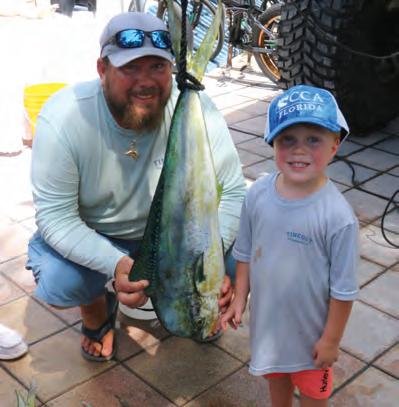
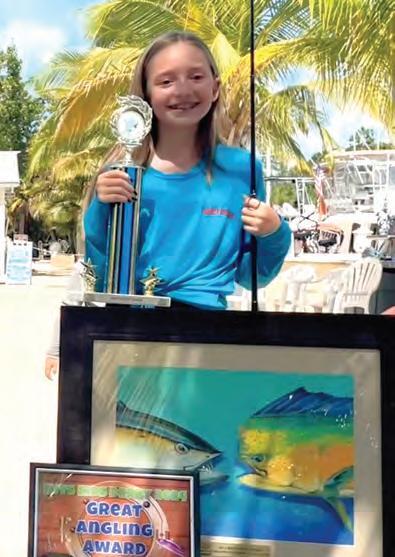

148anglers ages 0-10 took part in the 27th Annual Keys Kids Fishing Derby on September 29th, hosted by the Lorelei. Junior anglers pay no fee to participate in this event. They may fish in one of three different divisions, Offshore, Shoreline or Backcountry and awards are given for three different age groups in each of these divisions. Ditty bags packed full of fishing and other goodies from many local businesses and other donors, including a fishing rod with tackle box for each angler from Fish Florida, were handed out to all kids who fished. Lines were in at 9AM and the weigh scales closed at 1PM.
Eva McCadie was this year’s Grand Champion with a 27.7-pound Amberjack. 10-year-old Eva took home a fishing rod from Tackle Center of Islamorada, a framed Pasta Pantaleo print, the grand champion tournament trophy, award certificate, and awesome tackle box backpack from World Wide Sportsman, as well as other prizes and a story to tell for years to come.
Sixty-five of the anglers registered for the shoreline division, most fishing from the docks at the Lorelei, the home of the derby. Weighmaster Hudson Wampler weighed a 1.6-pound snapper for 3-year-old Thomas Zinkand winning the 0-4 age division. Thomas and all the other winning anglers were awarded fishing rods from Tackle Center of Islamorada, Pasta Prints, tournament trophies, award certificates and lots of other great gifts. Second place shoreline was Kerious Jones age 4 with a .9-pound Snapper followed by 3-year-old Harper Johnson with a .8-pound snapper. It was a tie for 1st and 2nd in the 5-7 age group. Winning 1st place on time was Zyla Zinkand age 7 with a 2.2-pound snapper, followed by her 5-year-old brother Triton Zinkand. Third place went to Destin Clark who is 6 with a 1.8-pound snapper. Nine-year-old Madison Whitehead weighed a .9-pound snapper taking 1st place in the 8–10-year-olds. Malcom Atkins who is 10, weighed a 1.0-pound snapper and third place went to 10-year-old Nicholas Blanko with a .8-pound snapper. All fish caught at the Lorelei were released immediately after being weighed in.
The backcountry division’s largest fish would be weighed in by Boone Hickory who is 4 years old. His jack crevalle weighed 3.3 pounds. 3-year-old Beau Evans weighed a 3.0-pound jack and Conrad Hickory age 2 came in third with a 2.4-pound jack. 7-year-old Felix Stanczyk won his division with a 2.4-pound snapper. Rider Early was second place with a 2.3-pound snapper and William Walsh took third place with his 1.9-pound jack. Winner of the 8–10-year-olds was Bradley Ekbloom with a 2.4-pound snapper. Emma Rodriguez took second place with a 1.5-pound snapper and Easton Meyers weighed in the only black drum a 1.4 pounder for third.
Offshore angler Marlin Mason who is two years old won his division with a 9.4-pound dolphin. Second place was 4-year-old Bella Bastron with a 7.9-pound dolphin and Jack Bastron age three won third place with a 6.6-pound dolphin. Sadie Stanczyk won the 5-7 age group with her 11.1-pound tuna. Fisher Gregory took second place with a 7.4-pound tuna. Third place went to Avery Hamilton with a 7.3-pound dolphin. Eight-year-old Morada Mason won her division with an 8.8-pound dolphin and Carlotte Nason won second place with a 8.3 pound

dolphin on time. The other 8.3 pounder won third place for Avery Hamilton.

There were many outstanding catches this year including tarpon, goliath grouper, redfish, snook and other species. This year’s winner was 4-year-old Bryce Miller with released two nice snook, weighed in a 0.9-pound snapper and he jumped a tarpon near the boat.
A huge thank you goes to the Lorelei for chumming the waters and allowing the kids to fish from shore this one day a year. Sportsman’s Adventures donated all the goodie bags, Pasta Pantaleo backed, bagged and supplied prints for all the winners. World Wide Sportsman donated tackle boxes, hats and other prizes for all the winners. MJ Hudson took all the wonderful pictures. Local law enforcement officers were on site to talk with the kids and help them fish. A casting contest was held on the beach where anglers won a multitude of prizes. Lorelei was amazing, donating all the food including donuts, water and juice in the morning and hot dogs, soda and more water later in the day that were served up by the boy scouts from troop 914. The Veath family served up special tournament drinks for all the kids. A special thank-you goes out to the local captains, volunteers, and past anglers who aged out of the tournament when they turned 11, who came by to help the kids bait hooks, keep score, check in anglers, hand out awards and make the day go perfectly! We would like to thank all those who helped to make this event the success it was.
“Our founder Kathy Lewis just wanted to get kids fishing”, stated tournament director Dianne Harbaugh. “The Keys Kids Derby’s main purpose is to educate young anglers about fishing. We have everything available here at the Lorelei for kids that would normally not have a chance to go fishing. This includes fishing rods and tackle boxes for each angler from Fish Florida, who funds their efforts thru the sale of Fish Florida sailfish license plates, and bait supplied by Tackle Center of Islamorada. This is the best day of the year, just watching these kids have fun catching and releasing fish. There are so many kids that get to catch their first fish! Without the help from the Islamorada Fishing and Conservation Trust, the Islamorada Charter Boat Association, Alina Davis and other local supporters we could not have made this such a great event. We can’t wait until the last Sunday of September next year!” A full list of awards and donors can be found on Facebook – Keys Kids Fishing Derby.
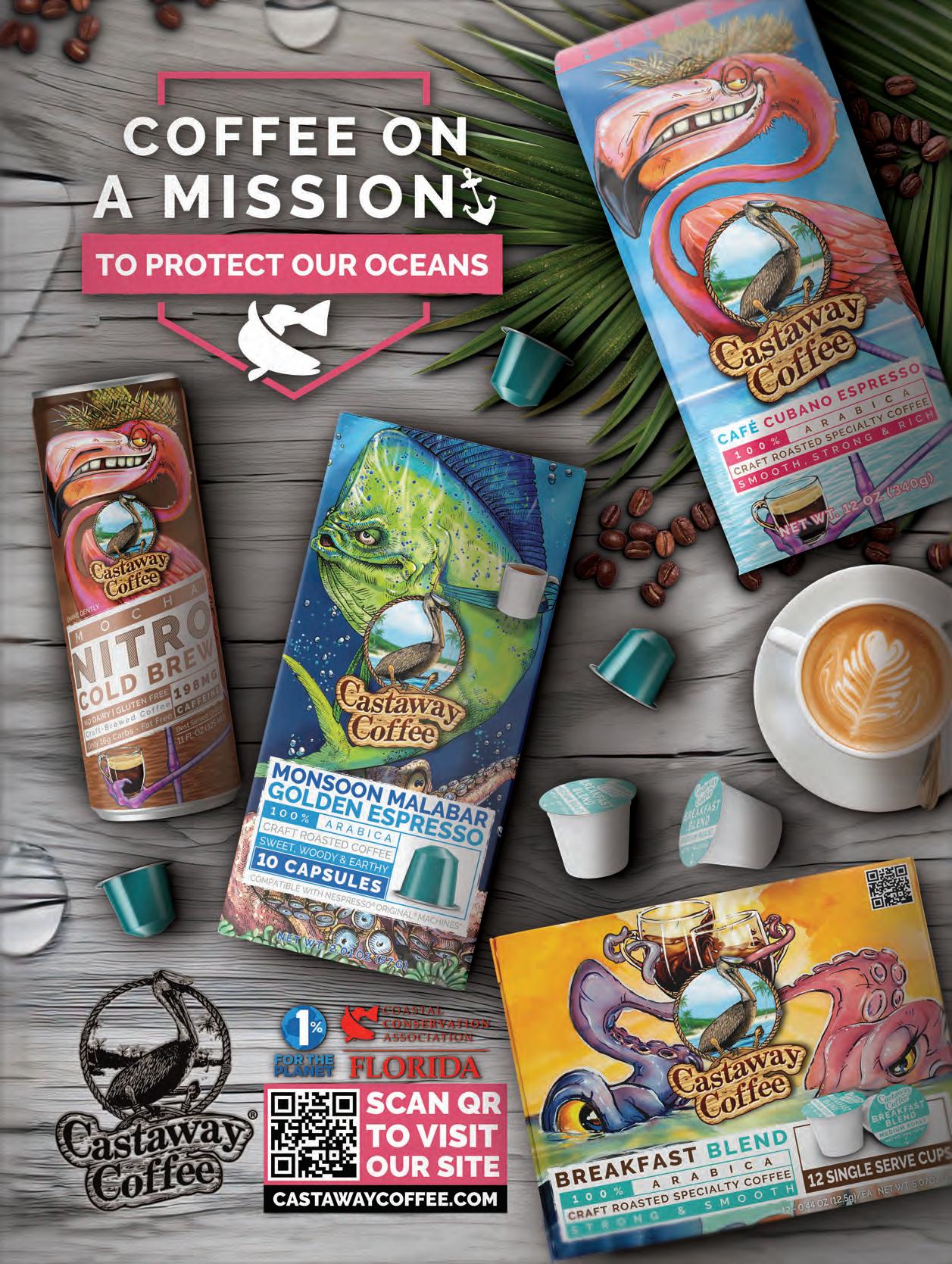





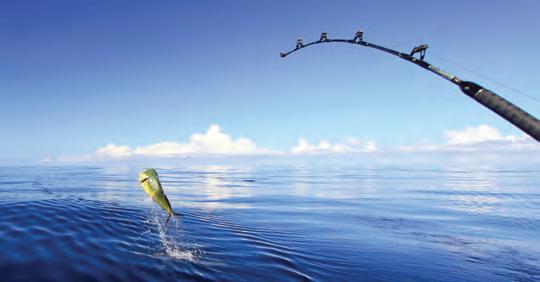












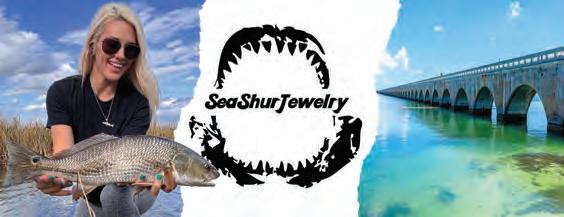



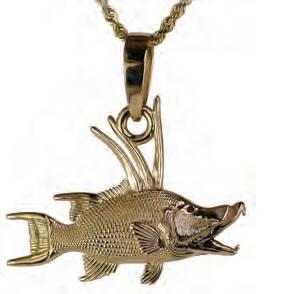


Even if you take precautionary steps to avoid it, sometimes you might hook a bird by accident. That’s when it’s important to remember—don’t cut the line and let the bird fly away with it attached. This will lead to entanglement, resulting in death of that bird and possibly others as well. Instead, follow these simple steps to unhook the bird: Reel. Remove. Release.
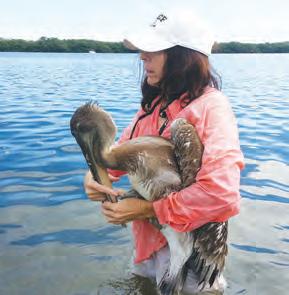
1. Wear safety glasses and enlist a partner for help.
2. Reel the bird in slowly and lift it from the water using a hoop net. Even a large pelican weighs only 4-8 pounds
3. Grasp the bird by the head just behind the eyes and fold the wings against the body. For pelicans, hold the beak, keeping the mouth slightly open so it can breathe. Cover the bird’s head with a cloth to keep it calm.
4. Never pull the hook out but carefully push the end through the skin, cut off the barb and back the hook out using pliers or clippers. If the bird is entangled, remove all line.
5. Release the bird (if healthy) by placing it on the ground near the water and allowing it to take off.
6. If the bird has swallowed the hook or is severely injured, contact a local wildlife rehabilitator from the list at MyFWC.com/unhook.
By: Jessica Hendrie
Fish tails. They’re more than just a fish’s rear end, they’re like the engine. The drive. All of them range from size to color to shape and they help them zip around the ocean, of course. But tails don’t just help the fish swim, they fuel the greatest sport ever, exaggerating fish tales. So, what are the basics?
Fish tails are also called caudal fins, essential for propulsion. (The more you know) whether a tuna making a quick dig through the ocean or a sailfish racing by you, the strong tail is what drives them. Now onto the real art form, fish tales. Because every angler knows, catching fish is only half the battle.
The other half is telling your friends and family about it, and that’s where the tail, I mean tale, gets bigger. Remember that 2-pound mahi mahi you caught in Puerto Rico? Yeah, me either. It was a 50 pounder that fought like a big White Marlin. And nobody will question you, or will they? Maybe they won’t let you know.
Fish tails and fish tales have a lot more in common than you might think. Just like a tail propels the fish, a tale propels your reputation. How many of us has held the fish closer to the camera, don’t lie, I seen it! In truth, fish tales are the best to tell children. It’s so fun to watch their facial expressions as you tell them about a great giant you reeled in on a stormy day with rain coming down and waves rolling over. They will talk about it forever and it will forever be a core memory for them. After all, it is all in the tail!
To conclude, whether it’s a fish tail powering a 40 pound grouper or a fish tale impressing your 8 year old son, never underestimate the back end of a fish. At the end of the day, without a good tail, what’s the point? Happy Fishing!
How else can you help a seabird or wading bird?
1. Don’t feed the birds, which teaches them to approach where they are more likely to be hooked.
2. Dispose of filleted bones where birds can’t get them—in a trash can with lid or at home. Bones of a filleted fish will become lodged in or tear throats, stomachs and intestines leading to the death of that bird .
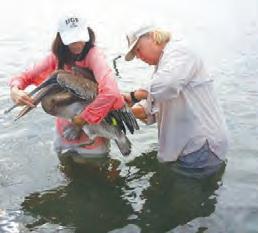
3. Cover bait buckets and take unused bait home.
4. Dispose of fishing line in a monofilament recycling bin or cut into small pieces and place in the trash.
5. Don’t leave your line unattended.
6. Cast carefully to avoid hooking a bird in flight or being snared on trees, bridge pilings etc.
7. Help others learn what to do when they accidentally hook a bird. It’s pretty easy, once you know how.
8. Sponsored by Friends of the Pelicans, Inc. More detailed information can be found at facebook.com/ friendsofthepelicans.
— Photos by Carol Cassels


By: Capt. Joel Brandenburg
Late season mahi is very weather dependent. If we get an early cold snap or two that can shut down the bite for the rest of the year. If the weather stays warm until Christmas or New Year’s, it’s likely that the mahi will stick around. So, it’s not unusual for us to still be catching mahi during the holidays here in the Florida Keys. We tend to see the quantity decrease, and the average quality increase.
For example, during the summertime we have to work through the chicken dolphin to find the bigger ones a lot of times. During the fall and winter months, it’s hard to catch any undersized dolphin and most of the dolphin that we catch during the fall and winter months will be 25 inches plus. We pay attention to minor mahi habitat more in the cooler months than we do the warmer months.
For example, in the warmer months it is common to run into a 3 mile long 20-yard-wide weed lines or run into several flocks of birdnatos (birds gathered feeding in a tornado pattern) or several floaters like trees or pallets of wood floating. Those are all obvious major mahi habitat.
In t he cooler months we will pay attention to 100 yard, 2-inch-wide trash line or focus in on a single bird or troll hard on a bucket lid. Where in the warmer months we’d probably pass a lot of that up looking for “greener pastures”. Mahi habitat we might pass up in the summer we pay a
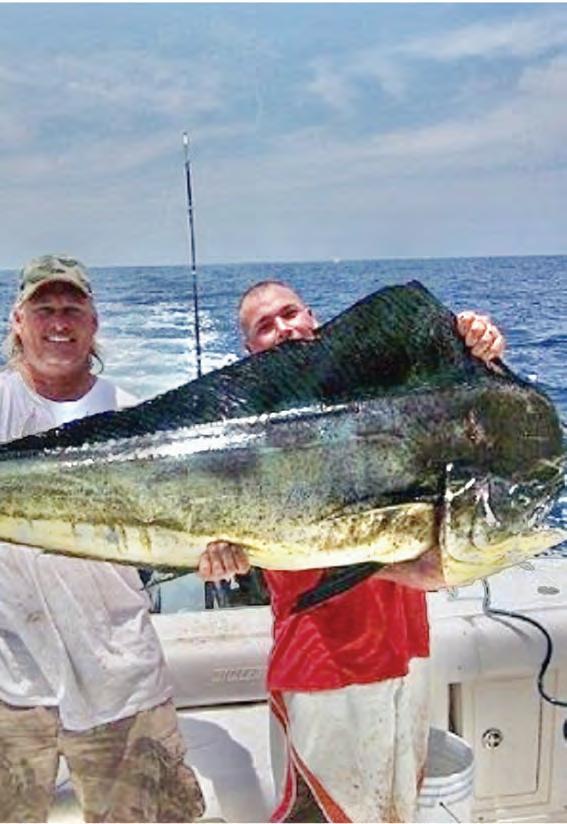
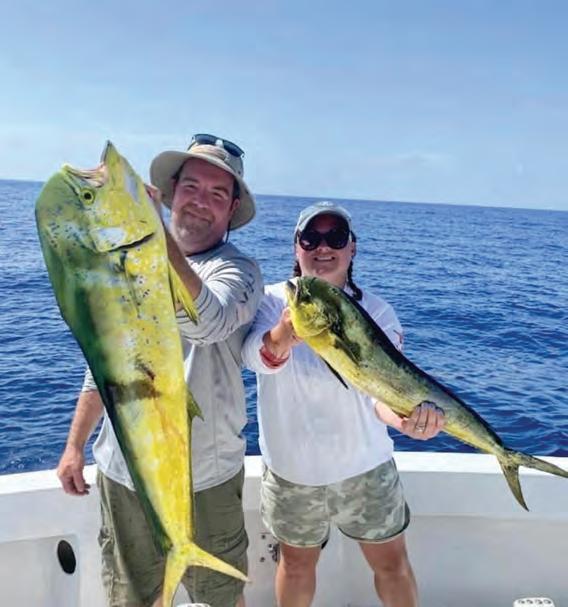
lot more attention to in the fall and winter months mainly because there’s less out there to pay attention to.
During the warmer months the number one dolphin bait to troll is rigged ballyhoo resembling a flying fish because during the warmer months there’s massive schools of flying fish in the mahi are mainly feeding on flying fish where in the cooler months there’s a lot less flying fish so we get more of a reaction bite from the mahi, using plastic squiggles and other mahi lures to troll rather than rigged ballyhoo.
During the warmer months many times we’ll leave a hooked mahi off the back of the boat as a decoy to bring in a school of mahi, which we can pick off easily with hooked cut bait, such as ballyhoo or squid. During the cooler months, there is less mahi, and they are harder to trick into the boat by using a decoy dolphin. Since they are harder to fool, we like to target the school with live pilcher’s rather than cut bait. Plus, in the summertime sometimes it’s so hot the mahi are lethargic and less likely to chase fast moving live bait and would prefer the easy kill of a piece of cut bait floating down in front of them.
D ur ing the cooler months, they are less lethargic and more aggressive and prefer live bait overcut bait. We troll a little faster in the cooler months too. I know I keep referring to mahi as dolphin and dolphin as mahi. That’s only because a lot of people who aren’t familiar with fishing down here think I’m talking about Flipper or Winter the Dolphin, so for tourist reasons, I call dolphin mahi a lot of times as almost everybody knows what a ma hi is. If you are in search of a big trophy bull mahi, now is the time to target them.
One of the cool things about mahi fishing this time of year is that you have a better chance of hooking into a wahoo, large black fin tuna, sailfish, blue marlin or several other types of pelagics. During the cooler months, we typically venture out in our 40 and 50 foot vessels rather than our 25 and 30 foot vessels because the waves are bigger this time of year. We like to head 30 miles out towards the marathon humps, which is a world, renowned underwater mountain range known for its big pelagics. On the way out to the humps, and on the way back from the humps, we are looking for birds, floating objects, bigger than a water bottle and any organized we ed lines. If we find any of those three, we will troll them.
Go out and give mahi a try one last time, big waves big fish!
— For a charter with Ana Banana fishing company and CAPTAIN, Joel or Jojo Brandenburg Call 305-3954212 cell 813-267-4401 office or visit our website at Marathonkeyfishingcharters.com or visit us in person at Ana Banana marina located at 11699 Overseas Highway.



The 2024 regular lobster season starts Aug. 6, 2024 and now is a great time to remind everyone of some basic safety rules and laws.
Unfortunately, we’ve had some serious boating-related incidents this year in the Florida Keys already. We can curb these incidents if we work together when it comes to diver-down flags and boating practices.
Always display your diver-down flag unobstructed from the highest point of your boat with a sti ener, so it is clearly visible.
And if you’re operating a boat: Do what I do and stay at least a football field away from anchored vessels in open water, even if you don’t see a diver-down flag.
Better safe than sorry!
Follow the regulations seen on this page. Share them with your friends!
Let’s have a safe lobster season!









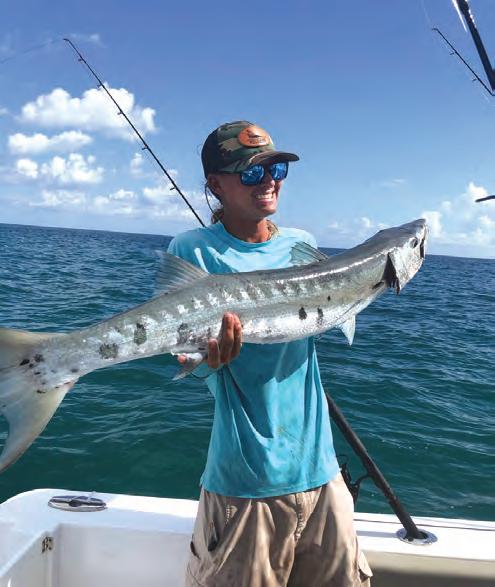
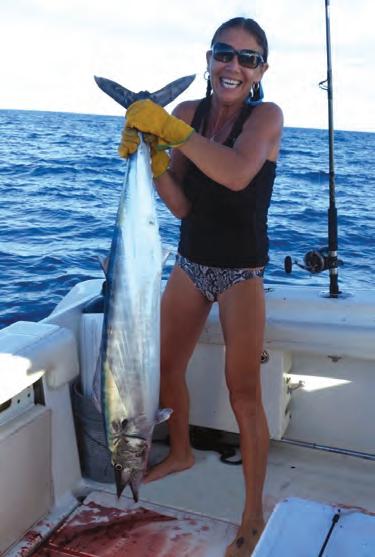
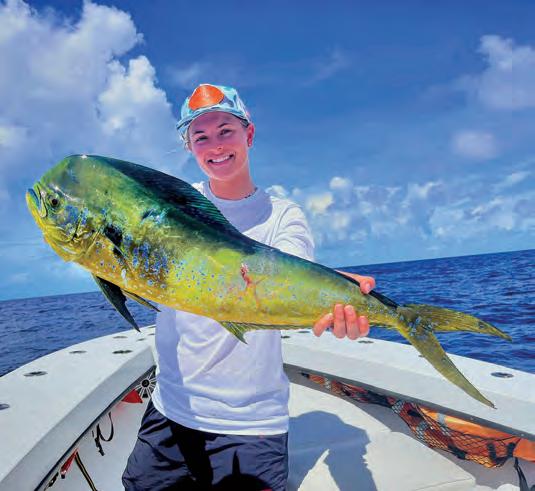


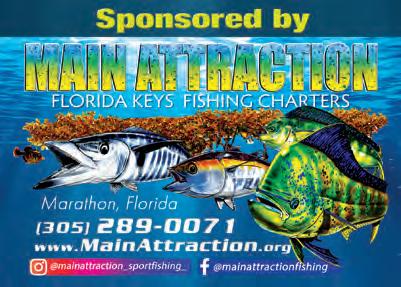
If you have a catch to brag about send your picture and caption to: flkeys@coastalanglermagazine.com












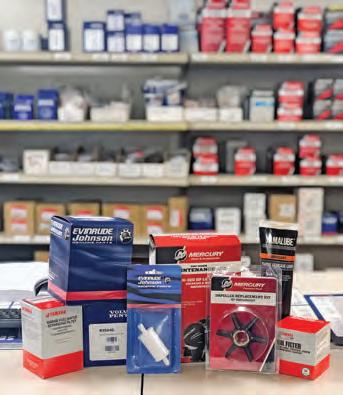
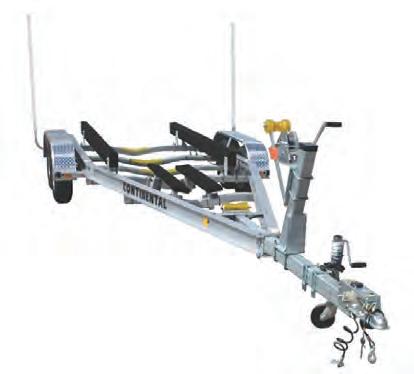








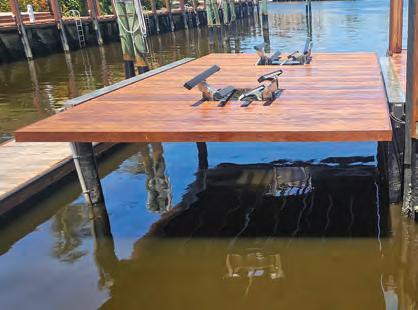
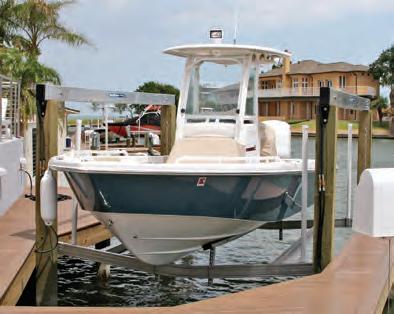


ShoreStation hydraulic boat lifts are a reliable choice for coastal residents and boating enthusiasts alike. Their strong construction, made with corrosion-resistant materials, allows them to withstand harsh environmental conditions, including sun, storms, and saltwater damage. ShoreStation provides a steadfast solution for protecting waterfront investments, ofering peace of mind to owners in the Sunshine State.
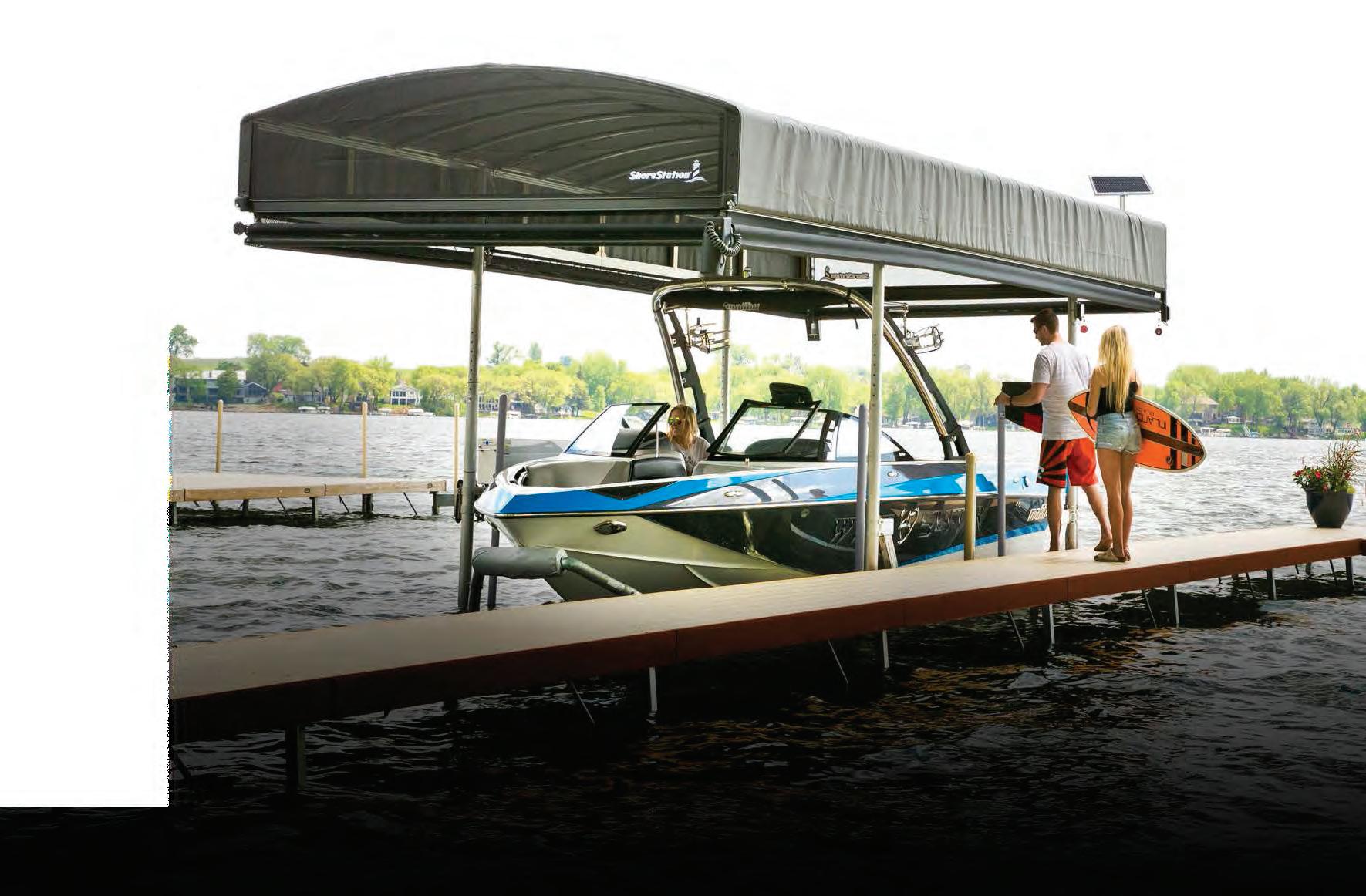





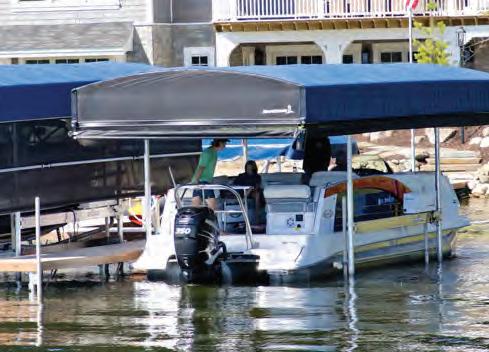

Equipped with exceptional weather resistant fabric and breathable SunTex 80 woven mesh ends for maximum protection and durability,

Made from the highest quality materials, our innovative hydraulic boat lift is one of the fastest and safest lifts on the market today. When you have a hydraulic lift, there’s no need to worry about wind and waves getting in your way. This lift will give you confdence to safely land and secure your boat in less-than-ideal conditions.
Never miss another moment on the water. Power your lift with clean, free solar power. Our speedy 20 watt charger features solar regulator drainage protection, saving your battery from permanent damage caused by overcharging.



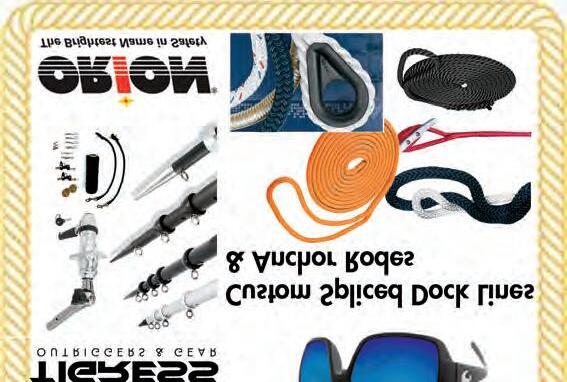
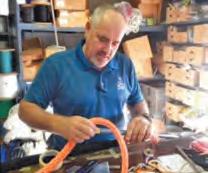




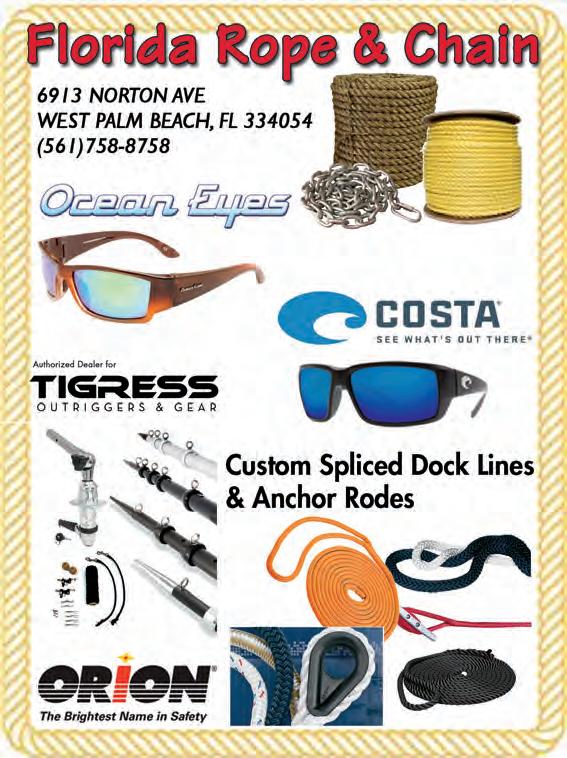
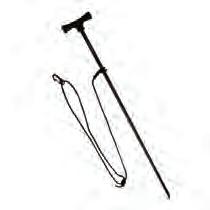








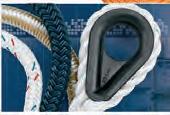
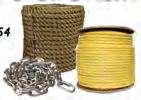
By Dr. Sal Benezo
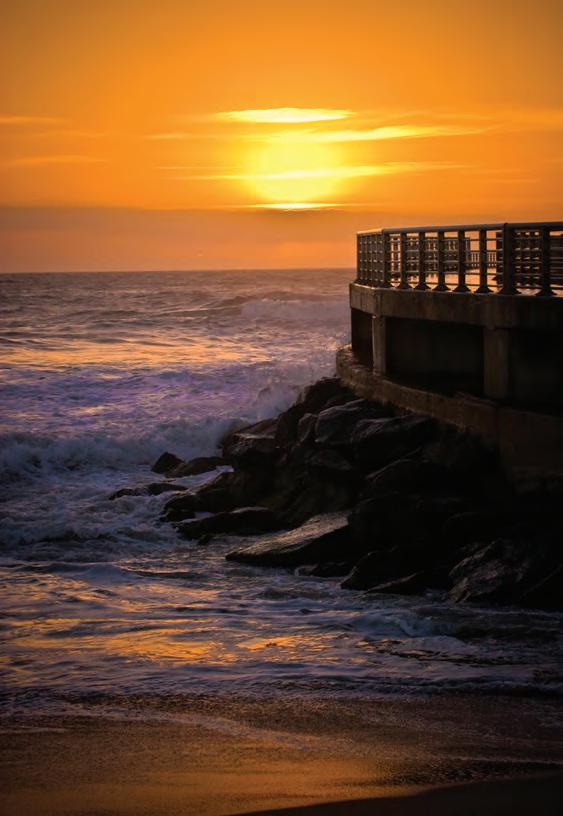





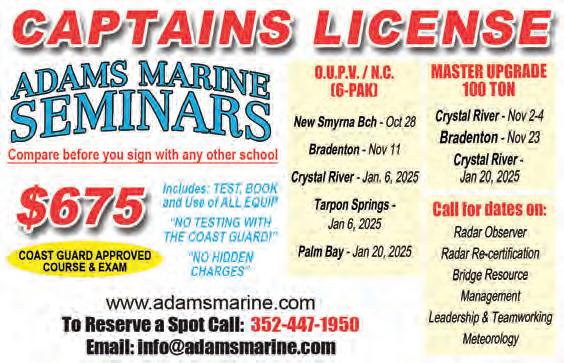
During a hurricane, fsh experience dramatic changes in their environment that can afect their behavior, habitat, and survival. As the atmospheric pressure drops with an approaching hurricane, the water pressure at diferent depths also changes. Fish have swim bladders that help regulate buoyancy, and the rapid changes in pressure can afect how they swim and maintain their depth. Some fsh may dive deeper to avoid the surface turmoil.
Hurricanes churn up sediment from the seabed, making the water murkier. Tis can reduce visibility, afecting how fsh fnd food and avoid predators. In coastal areas, this turbidity can also carry pollutants and toxins from land runof, negatively impacting the water quality.
Hurricanes generate powerful underwater currents and massive waves. Many fsh seek refuge in deeper waters, coral reefs, or underwater structures to avoid being swept away. Shallow-water fsh may struggle more to fnd shelter from the turbulence, which could lead to displacement or death.
Hurricanes ofen bring a rapid infux of fresh water from rain and runof, lowering the salinity of coastal waters. Some species, especially those adapted to certain salinity levels, may be stressed or forced to move to more stable areas. Additionally, the mixing of ocean layers can lead to changes in water temperature, which can afect fsh metabolism and spawning behaviors.
Te disturbance of the water column can disrupt oxygen levels, particularly in areas where organic matter from land washes into the ocean. Decomposing plant material can deplete oxygen in the water, creating hypoxic (low oxygen) zones, which can force fsh to fee or risk sufocation.
Fish, especially schooling species, may instinctively move to safer waters before or during a hurricane. Some species seem to sense the change in barometric pressure and migrate to deeper or more sheltered areas ahead of the storm. However, fsh that get caught in the turbulent water may end up displaced far from their usual habitat.
Afer a hurricane, habitats may be altered signifcantly. Coral reefs, seagrass beds, and mangroves—essential fsh habitats—can be damaged, leading to long-term impacts on fsh populations. However, hurricanes can also bring benefts, such as replenishing nutrients and oxygen in certain water bodies, which can stimulate plankton growth and temporarily improve food availability for fsh.
Fish have evolved to withstand many natural disturbances, including hurricanes, but the intensity and frequency of storms can have lasting efects on fsh populations, particularly for those in fragile ecosystems.



TRACY PATTERSON
Costa Rica is a renowned destination for anglers, ofering calm seas, ideal fshing conditions, and worldclass fshing. It is especially popular among female anglers due to its safety, tournaments, and supportive crews, making it an unforgettable experience.
If you’re seeking high odds of catching billfsh, Costa Rica is the place to be. On a full day ofshore, it’s common to get multiple strikes. Te fat, calm seas make it enjoyable for anglers of all levels, letting you focus on reeling in catches rather than battling rough waters.
Costa Rica hosts two ultra prestigious women-only tournaments: the Ladies Angler Tournament at Los Suenos Resort and Marina, and the Pescadora Billfsh Championship at Marina Pez Vela. Both tournaments create a supportive

yet competitive environment for anglers of all skill levels. Te Pescadora Championship is
particularly unique, ofering two Female Angler of the Year awards based on diferent fshing techniques. It encourages women to challenge themselves and grow in the sport.
Costa Rica is ranked #1 in Central America for safety, and recent laws further protect women from harassment. Female anglers can feel comfortable walking around resorts and marinas. Charter feets also adhere to strict safety regulations, ensuring peace of mind while on the water.

Whether you’re staying at a boutique hotel or a private home, Costa Rica ofers a range of accommodations for groups of all sizes. Many resorts are conveniently located near marinas, allowing easy access to fshing trips and other adventures.
Costa Rica is home to many women who support the lady angler movement. Te captains and crews are eager to teach beginners, helping them hook their frst billfsh or refne their skills. With women accounting for a growing percentage of anglers, Costa Rica ofers a welcoming and empowering environment for female anglers.
Whether you’re an experienced angler or a frst-timer, Costa Rica ofers an unbeatable fshing experience. Its exceptional conditions, tournaments, safety, and camaraderie make it the top destination for lady anglers.
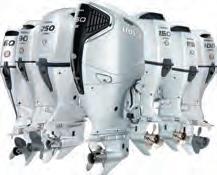





IBy Capt. Michael Okruhlik
t’s that thrilling time of the year, founder time! Te fall migration, reaching its peak in November along the Gulf Coast, promises an exciting infux of founder to their spawning grounds. Louisiana, following Texas, has also implemented a closed season during this peak run. But remember, the inability to keep fatties during this time doesn’t dampen the thrill of catching them.
Flounder will be migrating into the Gulf during this time, so the apparent ambush areas will be around passes that lead to the Gulf. Te founder will position themselves in diferent regions based on the tide level and current strength. In addition to using their burying-in-the-sand ambush technique, they also utilize structure in several ways.
First, any object that protrudes above the bottom is a great ambush point. Tis ofers a current break for forage fsh to gather directly above a buried founder, making for an easy meal. Objects such as bulkheads are also great ambush points. Flounder like to position themselves against the solid barrier and I think this can be for two separate reasons depending on what other factors are at play. As mentioned above, it could be a current break, especially if the bulkhead has a corrugated shape. When a founder settles against a bulkhead, its prey has less direction in which it can fee, allowing the founder greater odds of capturing it. When targeting founder, never pass up a bulkhead.
Secondly, founder can be caught using a variety of lures and live bait, especially if you keep it in contact with the bottom to increase your chances of a strike. When it comes to live bait, a frisky mullet is your best bet for landing a larger founder. If you’re aiming for a trophy, this is the way to go. Personally, I prefer fshing with lures, particularly the paddle tail style. Jerk-style sof plastics and bucktails can also be efective when worked in the same manner.
If I had to pick a tide to maximize my time on the water, I would choose a medium fow outgoing. Although there are no set rules that fsh always follow, I feel the founder feed more on their way out to the gulf, utilizing
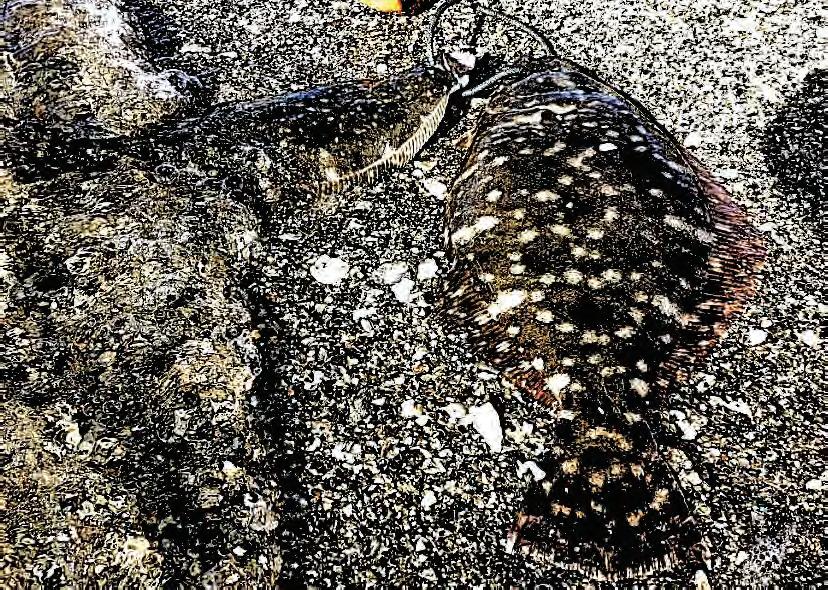
the current to ease their journey. Contrary to the incoming tide, they bury themselves rather than fght against the current.
Don’t let the closed season discourage you from targeting founder during this migration; it will have its advantages. Going forward we will undoubtedly have a larger founder population, but the instant gratifcation will be a lot less trafc in our favorite founder spot! I will use the closed season to target a new personal best this season, as should you.
Capt. Michael Okruhlik is the inventor of Knockin Tail Lures® and the owner of www.MyCoastOutdoors.com.

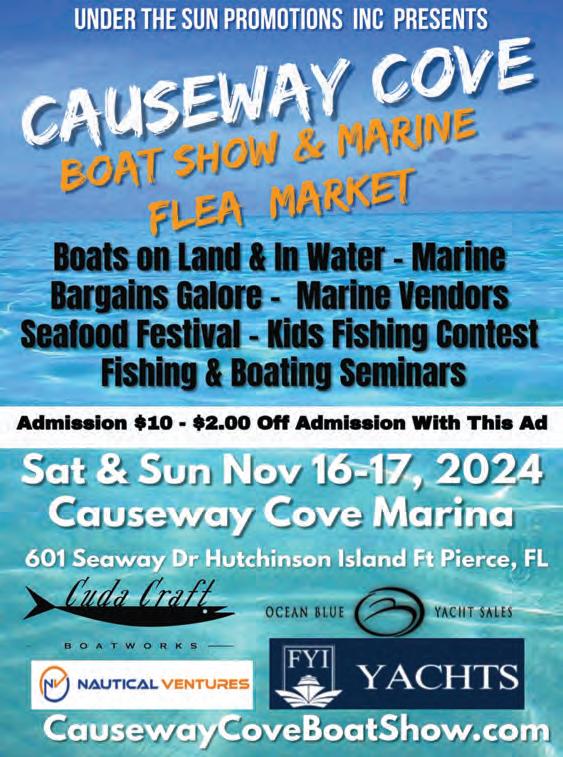











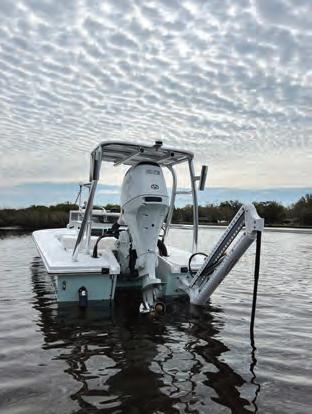





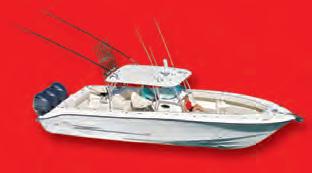
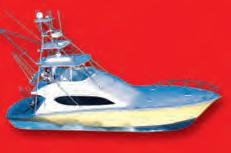


OTim Barefoot

f course, October is when it all starts, but if you like to bottom fsh, then November is the month the turbo kicks in, leading to the crescendo of the year… December. I’ve always said the week of Christmas is the apex of the grouper fshing calendar, and I’ll stand by that statement now. Tis is when larger (male) gags move inshore to establish their territory on inshore ledges, wrecks, and live bottom, much like buck deer making scrapes and rubs to mark their territory. Tese males now wait for the smaller females to show up in numbers to spawn, and the bite traditionally goes of the charts.
A small piece of hard bottom can attract large numbers of fsh if it contains the right ingredients. First and foremost, you need to locate their food. Go to the places that have traditionally held the bait—cigar minnows, sardines, beeliners, etc. “Find the bait, fnd the fsh” has been my thought process for years. Tese fsh won’t show up to a party without food—common sense. You can anchor up on a stack of bait without seeing a big mark of fsh, but afer a few bites, you’ll notice the screen light up with more and more fsh showing up.
Anchoring up is key to shallow water grouper fshing. Te sound of fsh feeding travels great distances and doesn’t go unnoticed. Once an area is fred up, constant bites supercharge the atmosphere down there. If you’re drifing, you won’t get a specifc area fred up; you’ll only go back where you got bites. But if you anchor, the fsh come to you to join in. Tis draws the alpha predators—big sharks. Yes, you’ll lose some fsh and tackle to these bruisers, but enjoy the ride while it lasts. When sharks show up, it’s time to move on to another ledge or further down the same one.

Back to noise... Keep in mind that while we hear very little, fsh hear everything. Sound travels far underwater, and everything you do on deck—slamming cooler lids, dropping hard objects, loud music, yelling—is heard by the fsh. It could be the diference between catching smaller cows or big bulls. Large male groupers didn’t get old by being dumb. You don’t kill big bucks by being noisy, so treat your fshing with the same respect.
Te folks that target grouper come home with grouper. Te ones who go “bottom fshing” with cut bait and chicken rigs come home with “bottom fsh.” As Franklin Covey said, “begin with the end in mind.” If you’re targeting grouper, think and act like it. Put baits on the bottom that avoid trash bites. Spend time jigging up some of that “trash” and drop them back down on a Decoy Jig for optimal results. Watch some of my videos on YouTube (Tim Barefoot) for examples of what I’m saying.
For more information, visit barefootcatsandtackle.com.





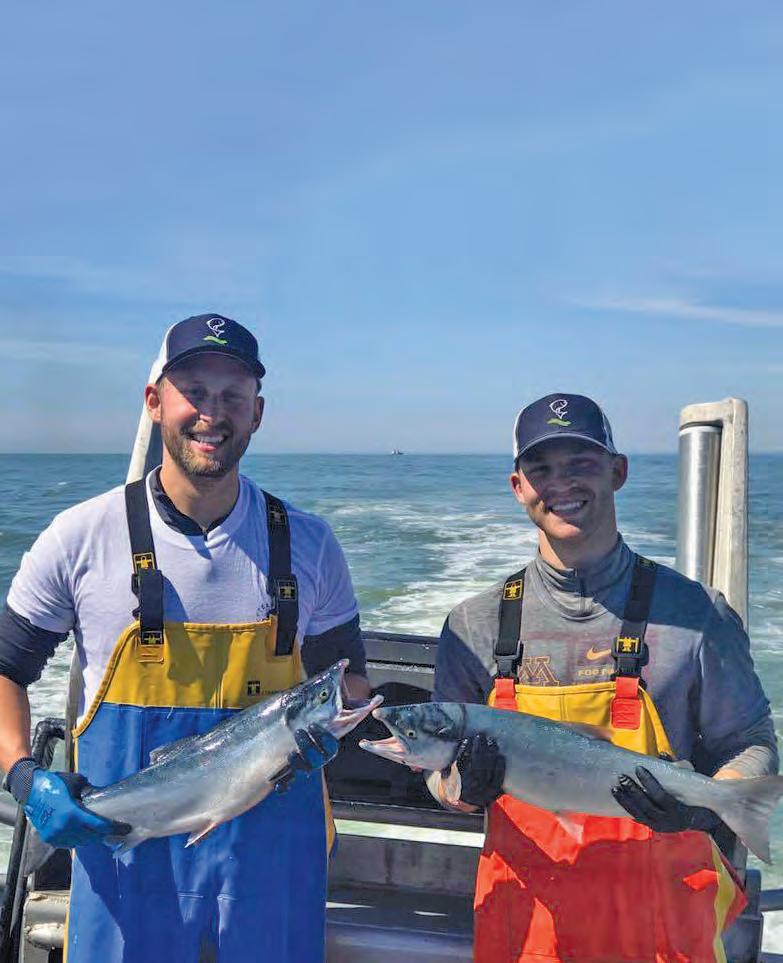


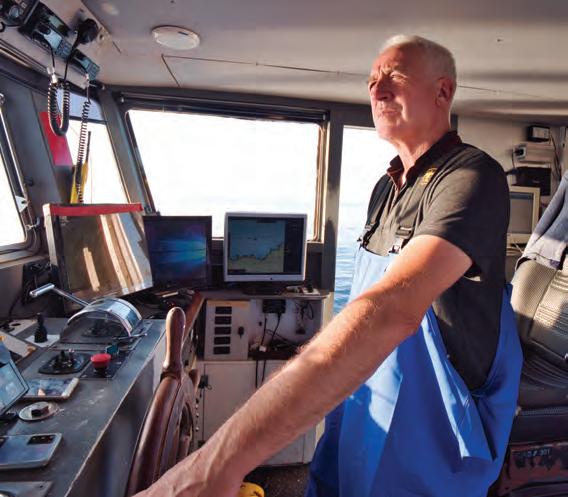
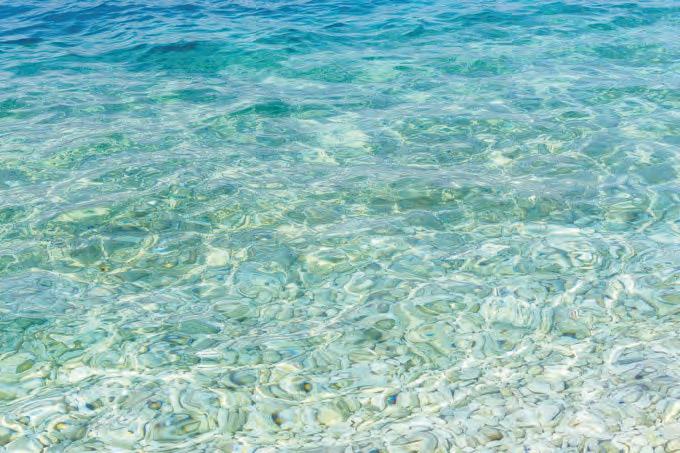







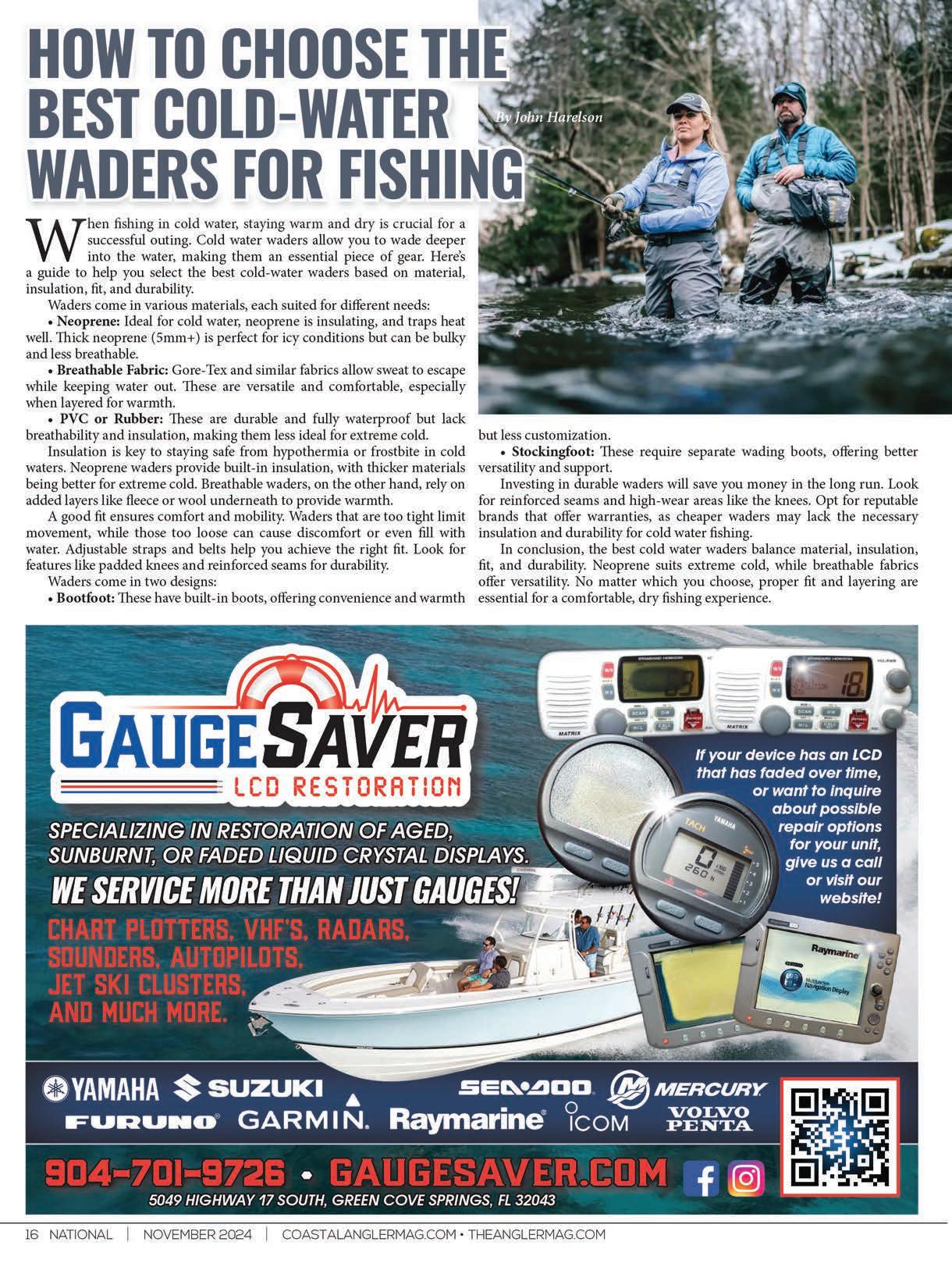



You want AI Routing! Let TZ MAPS with AI Routing make route planning a snap. Don’t take our word for it. Scan here to see for yourself how easy it is!